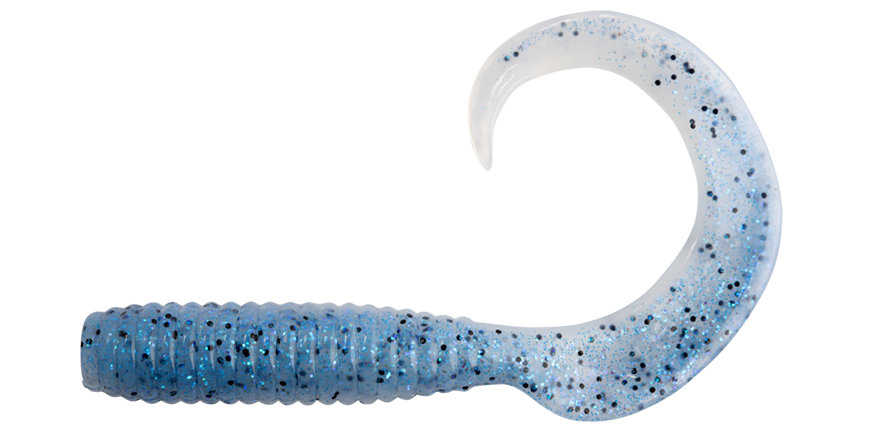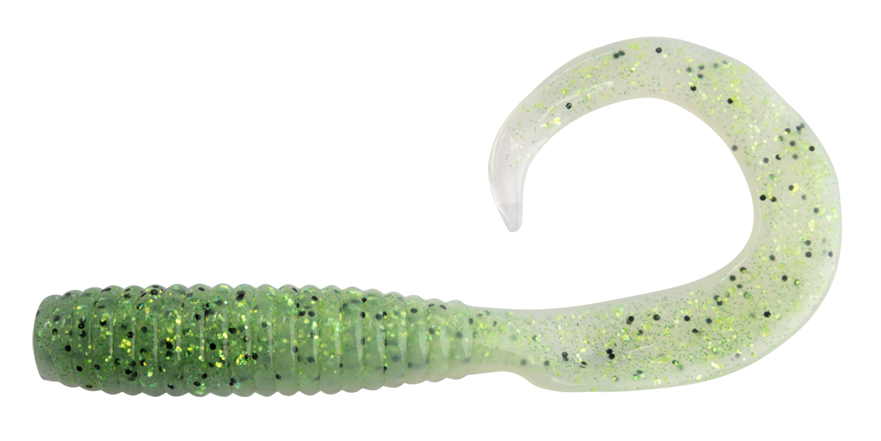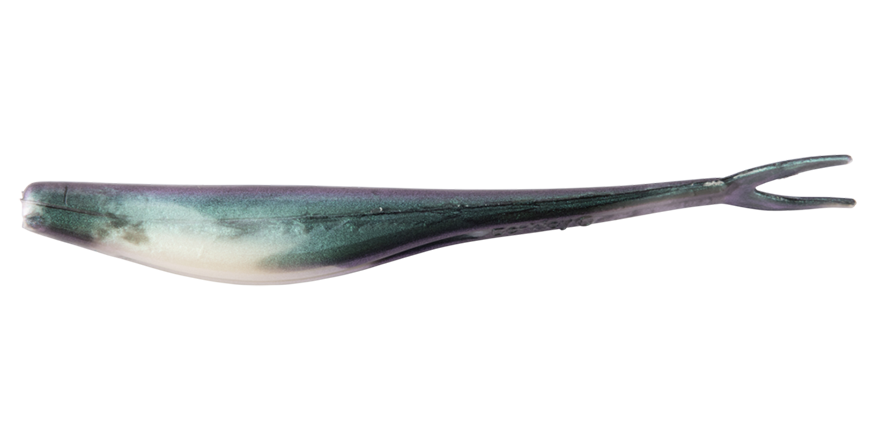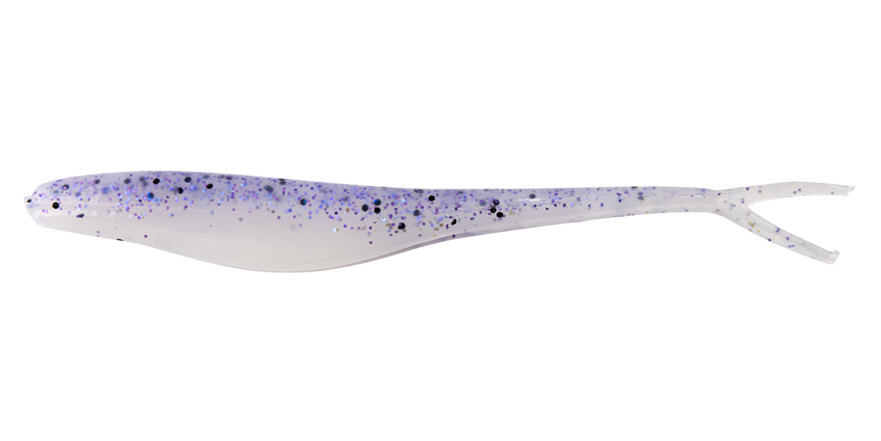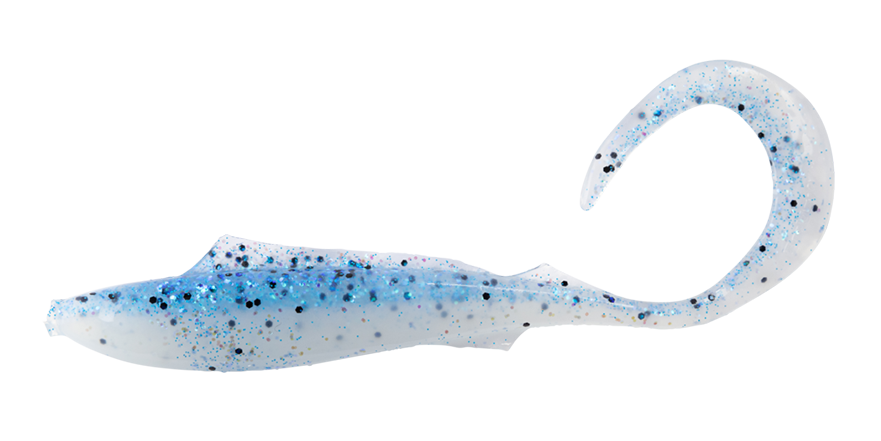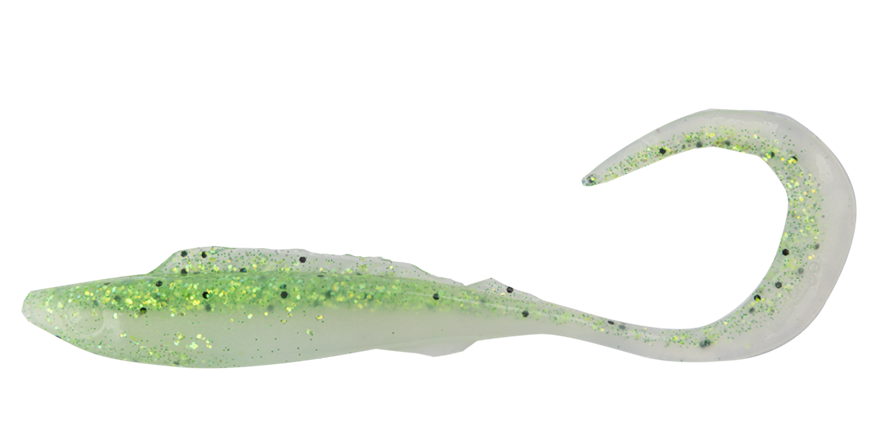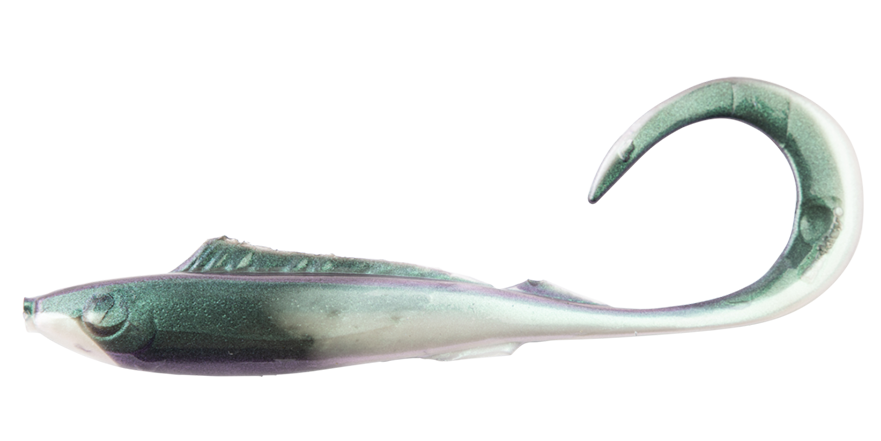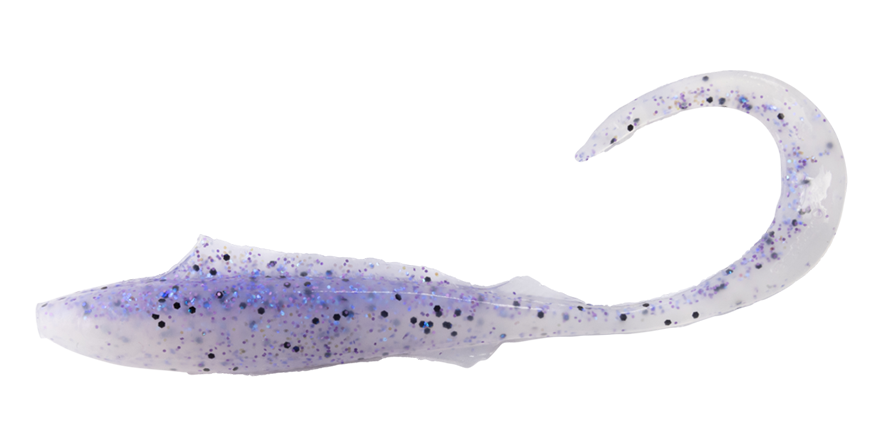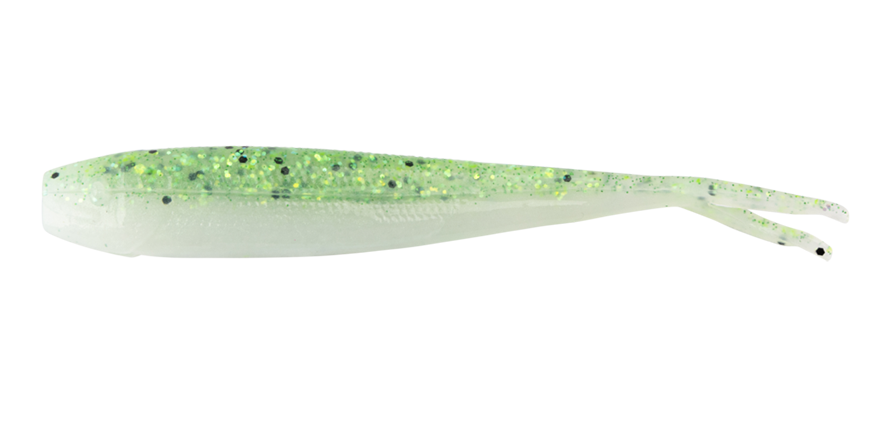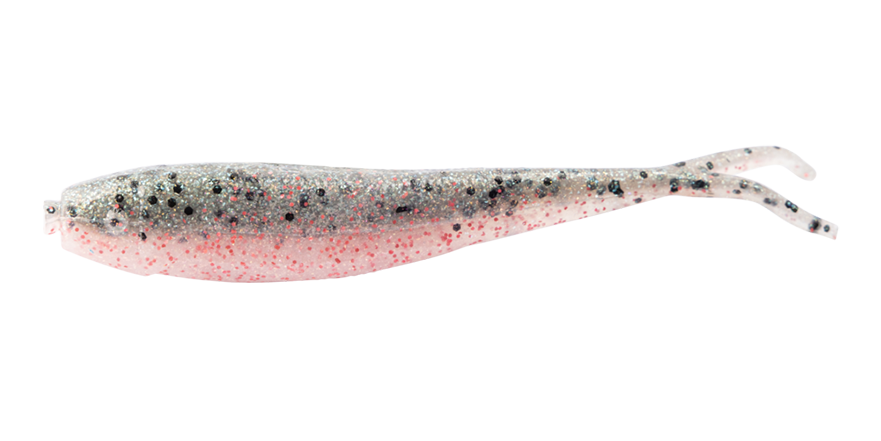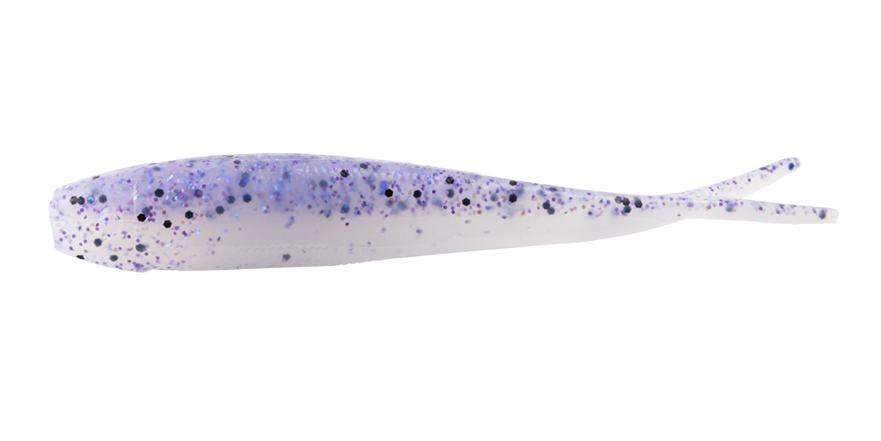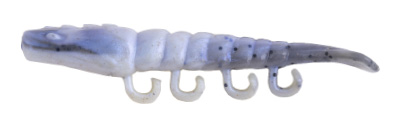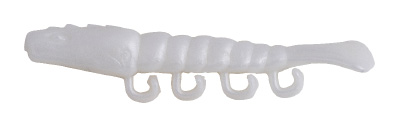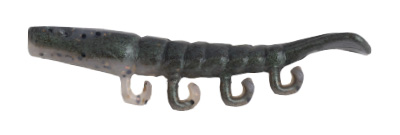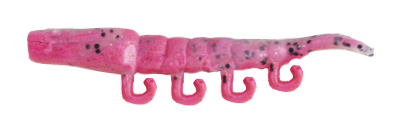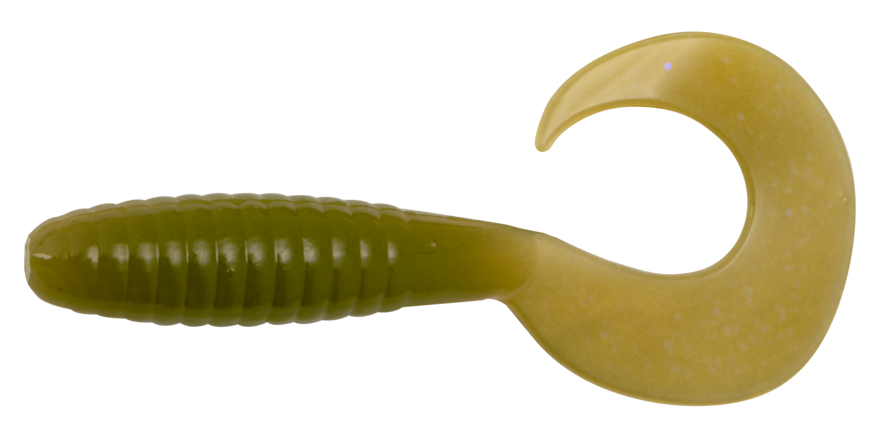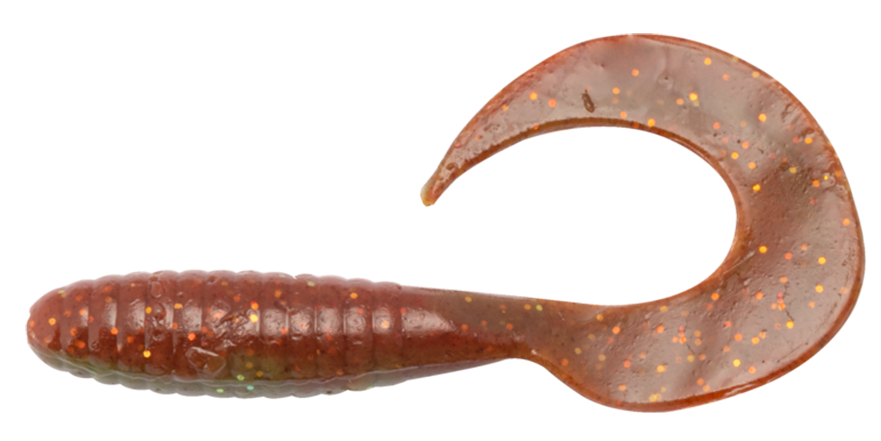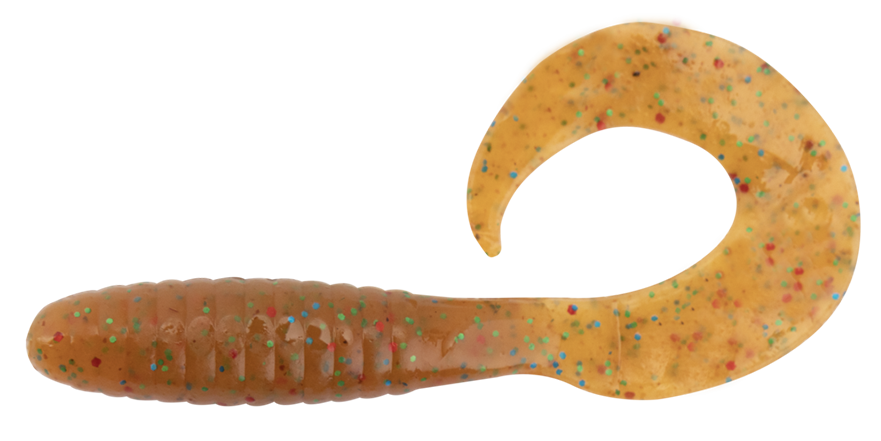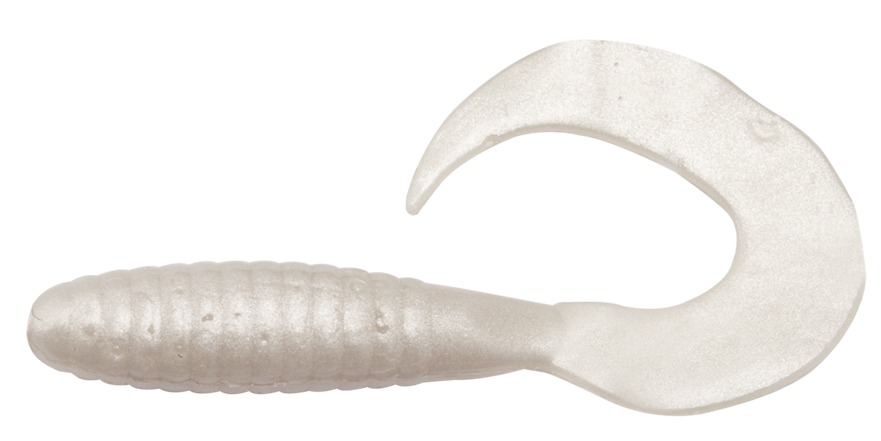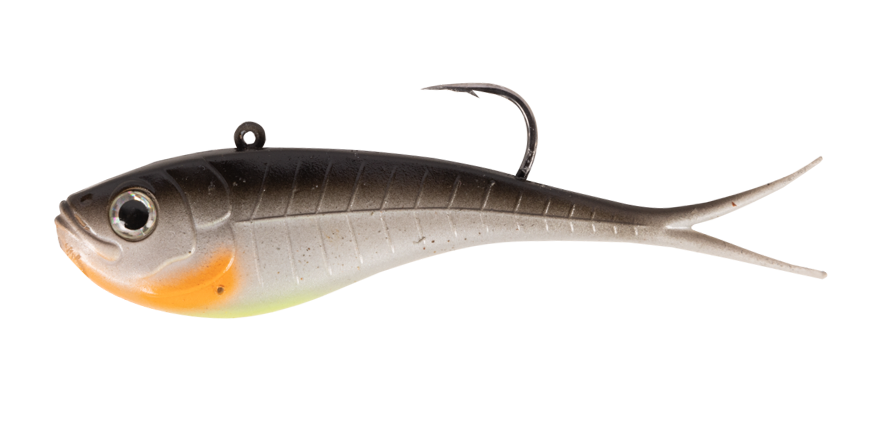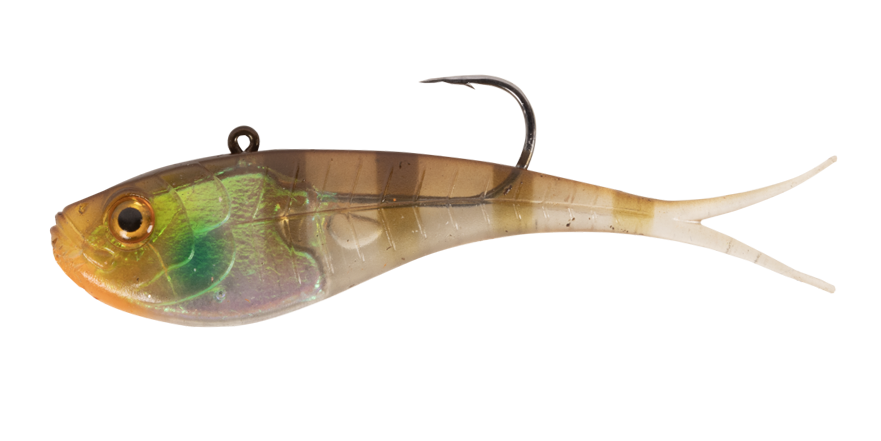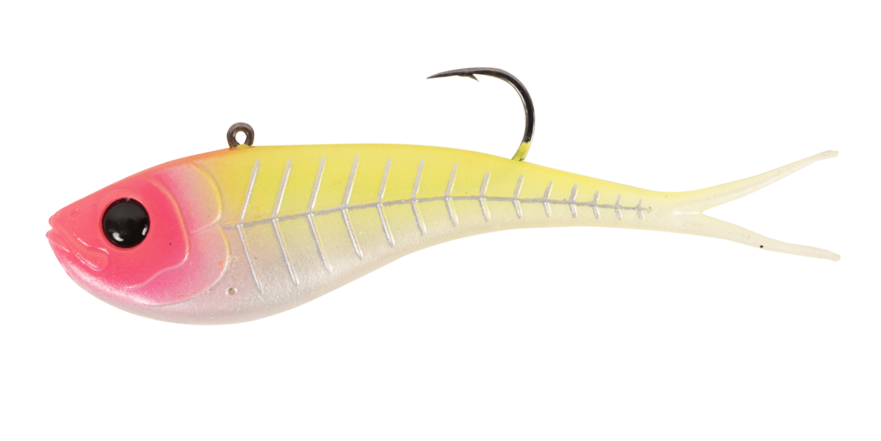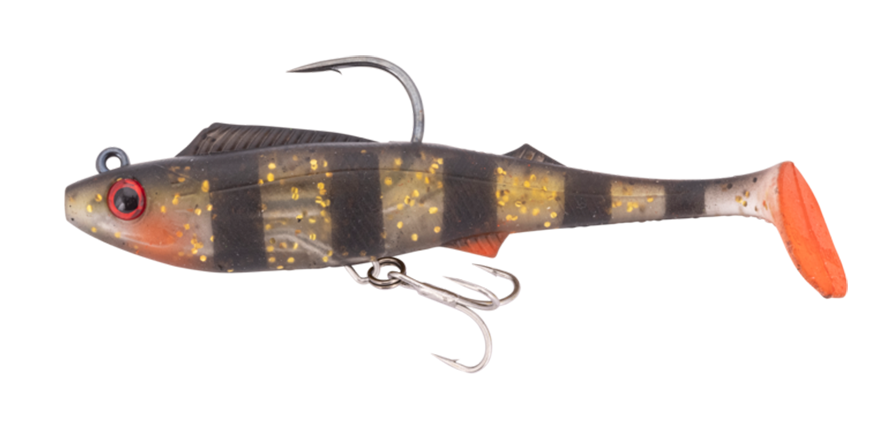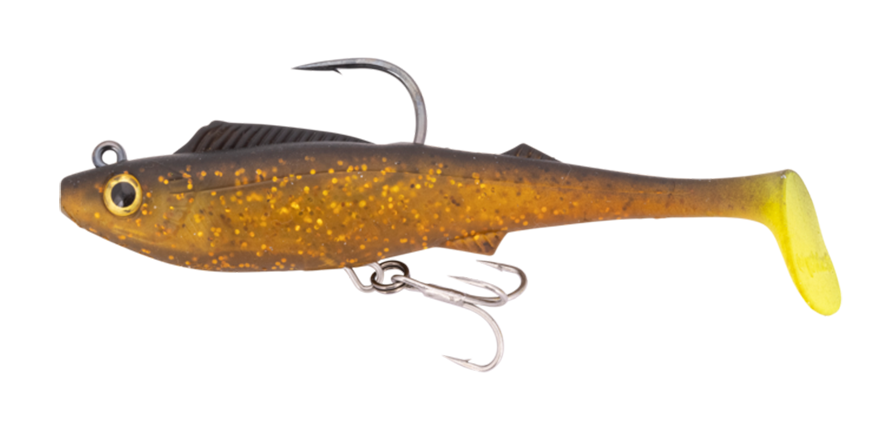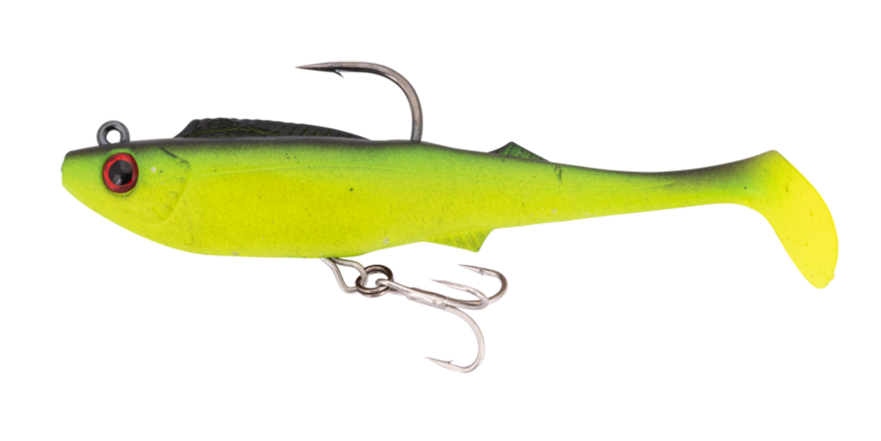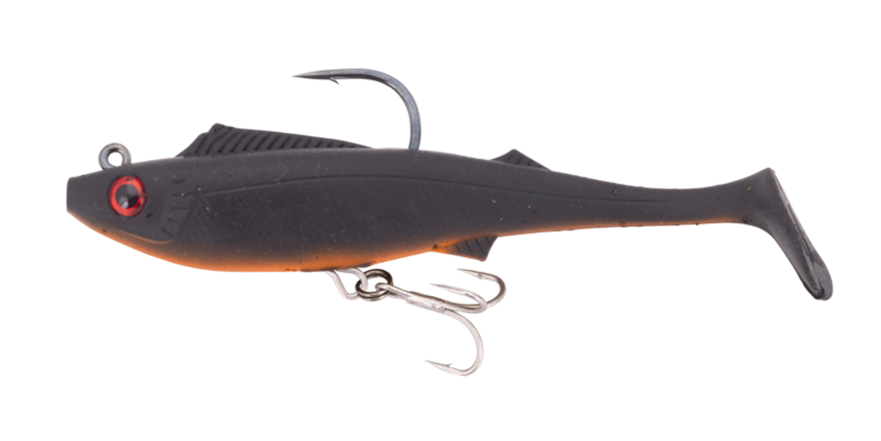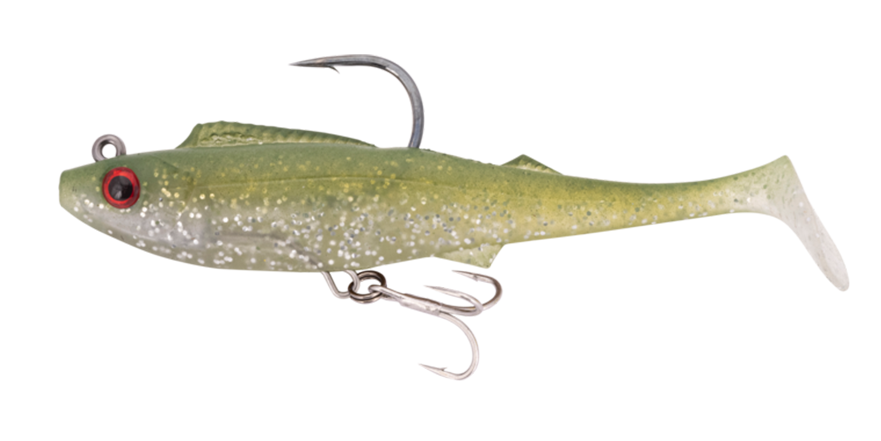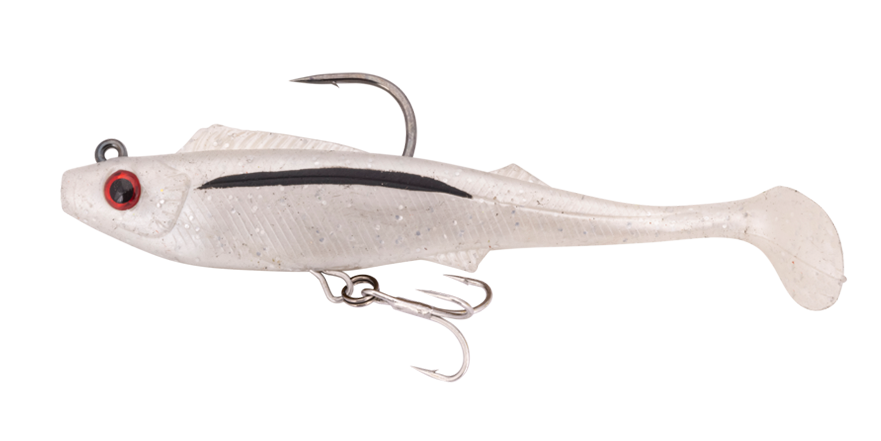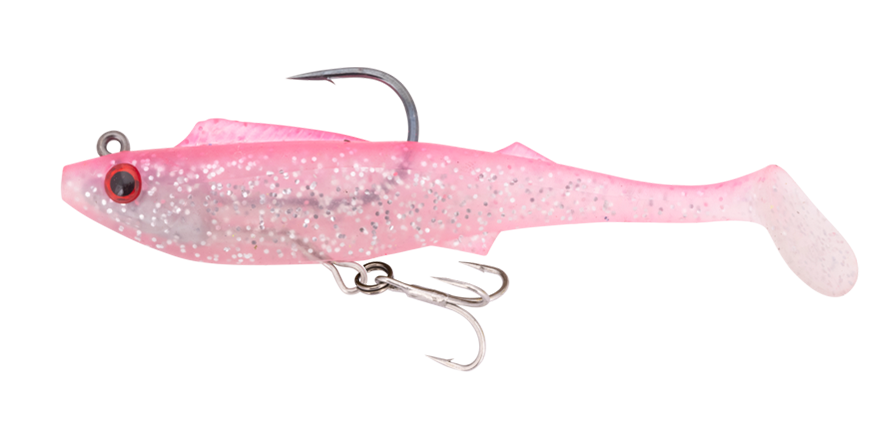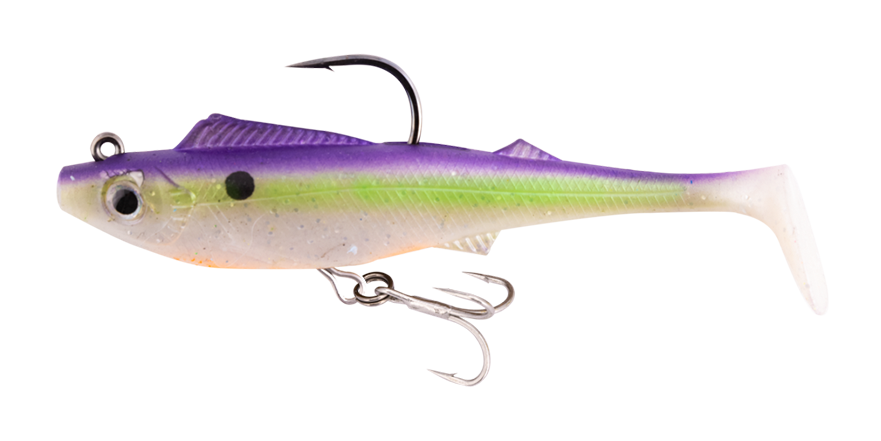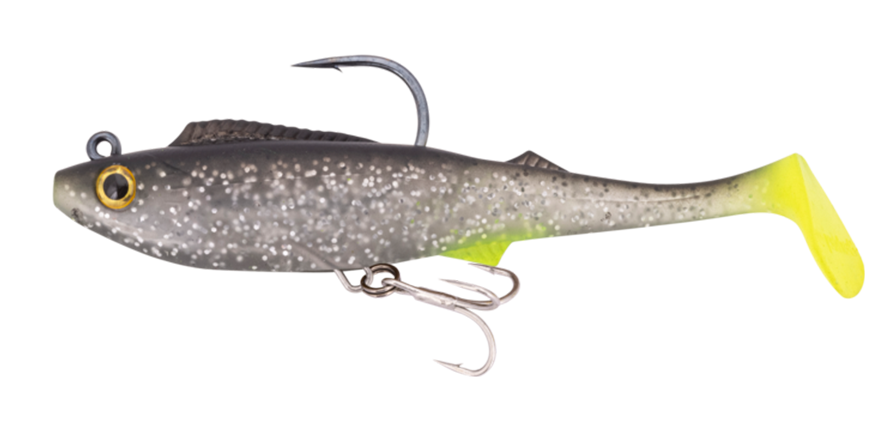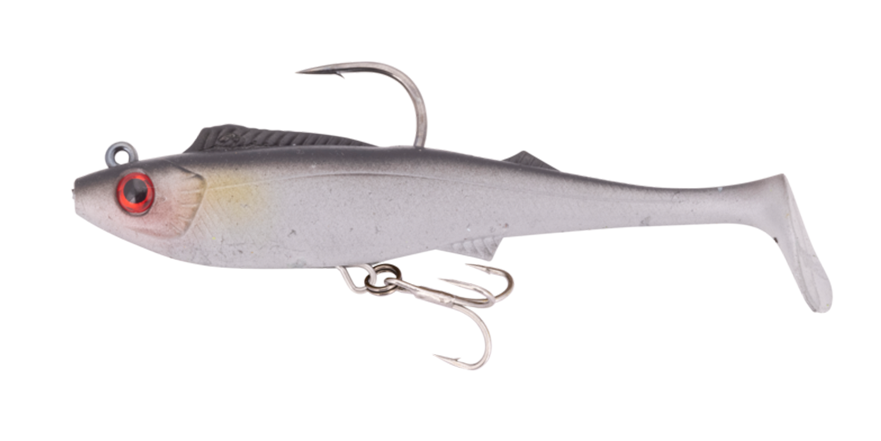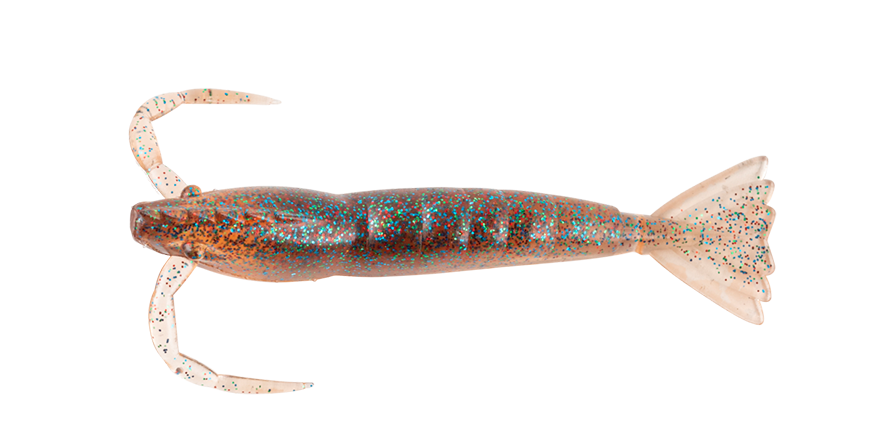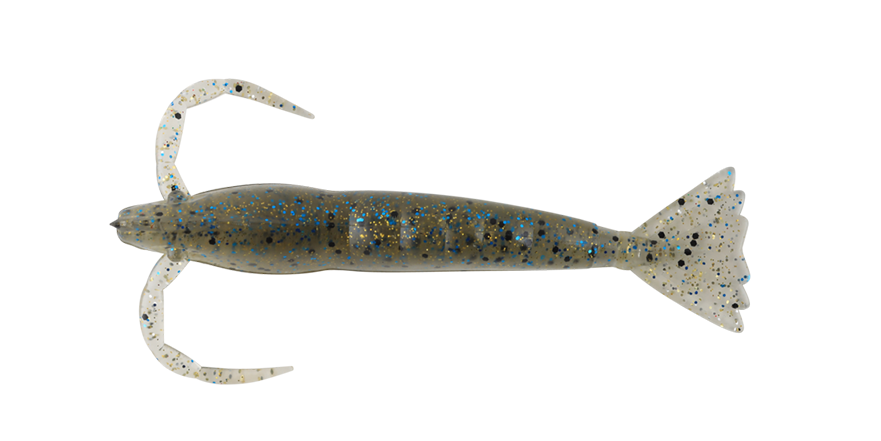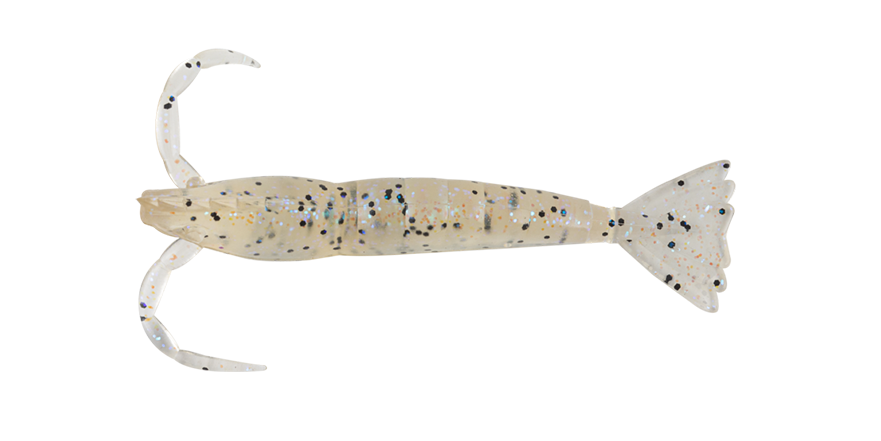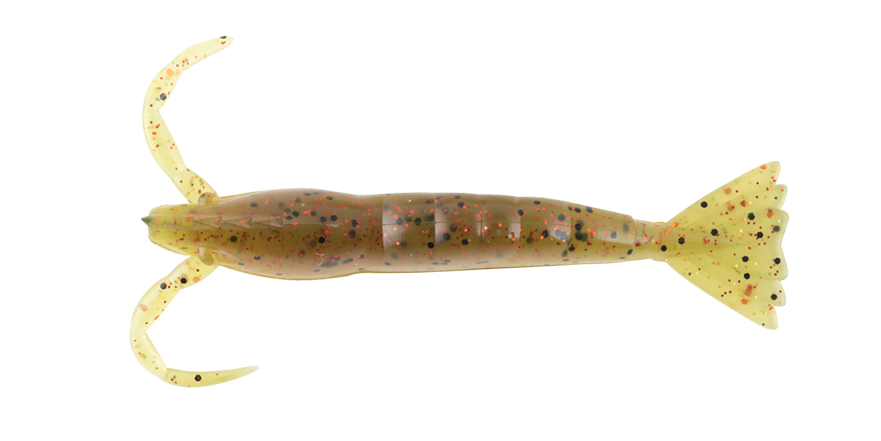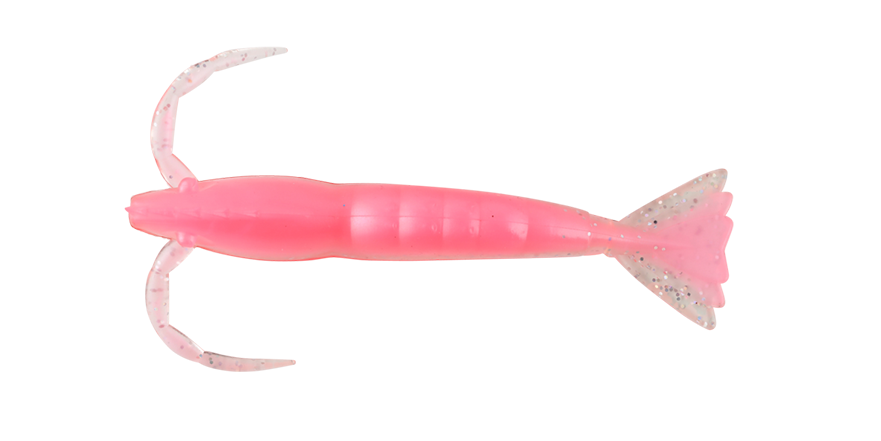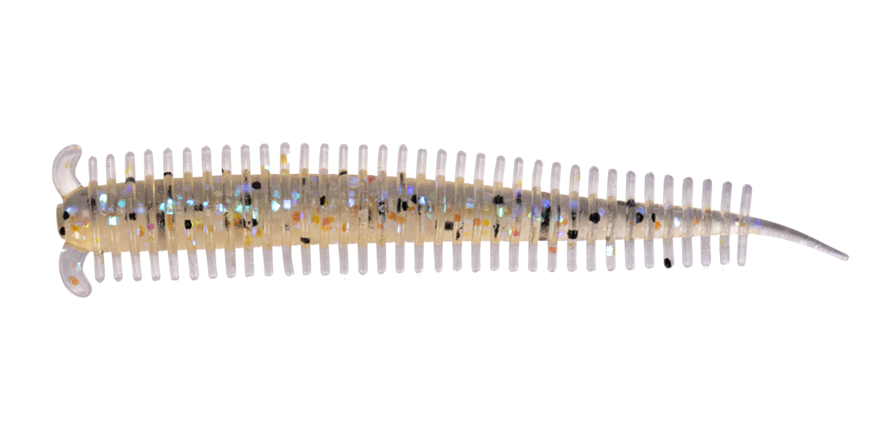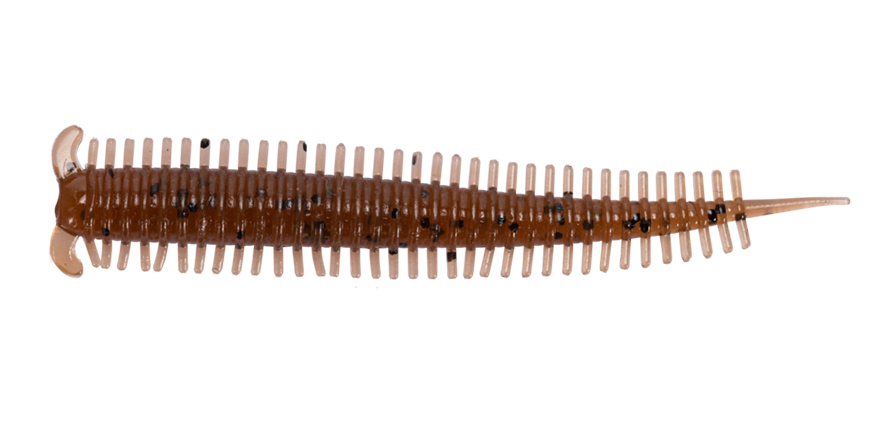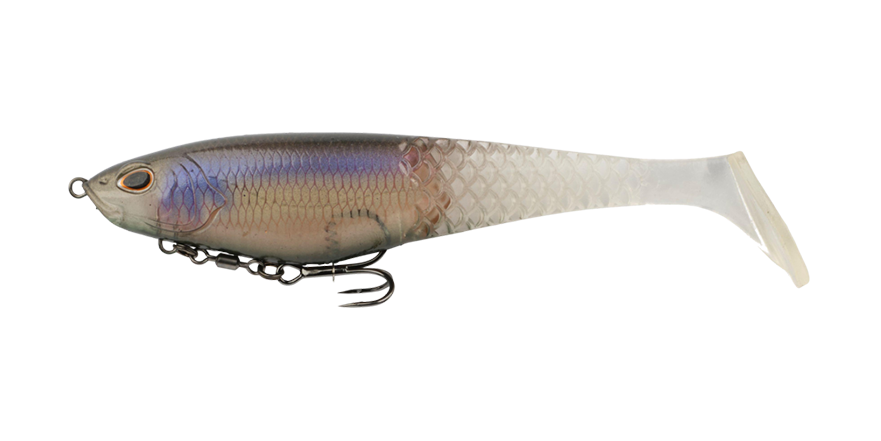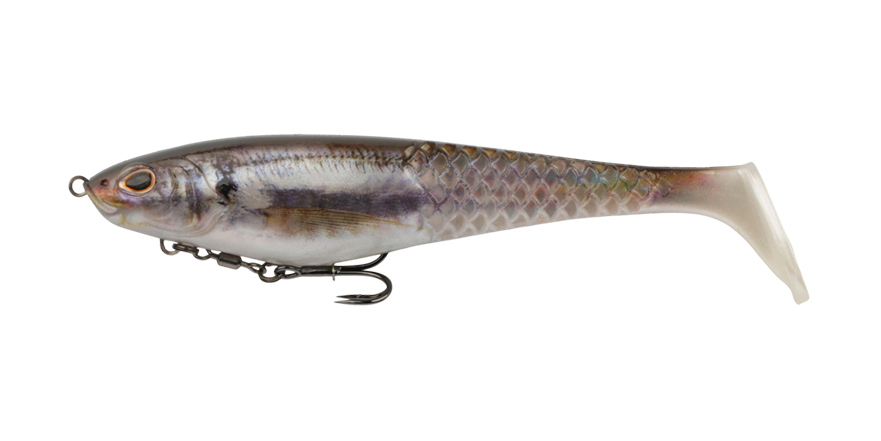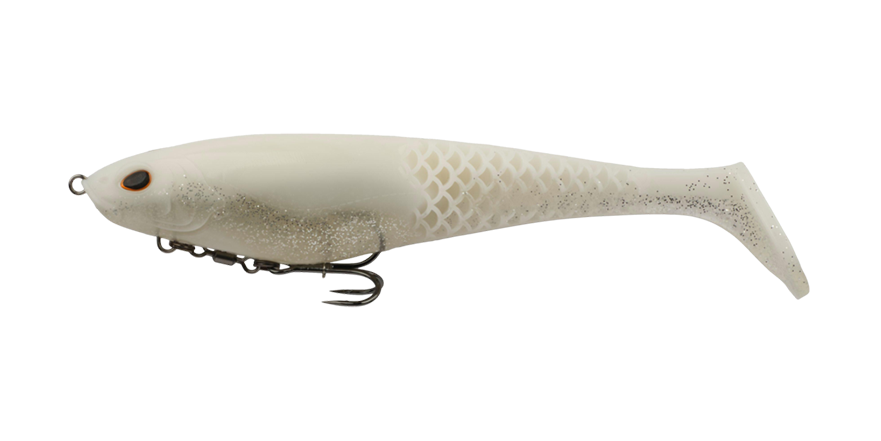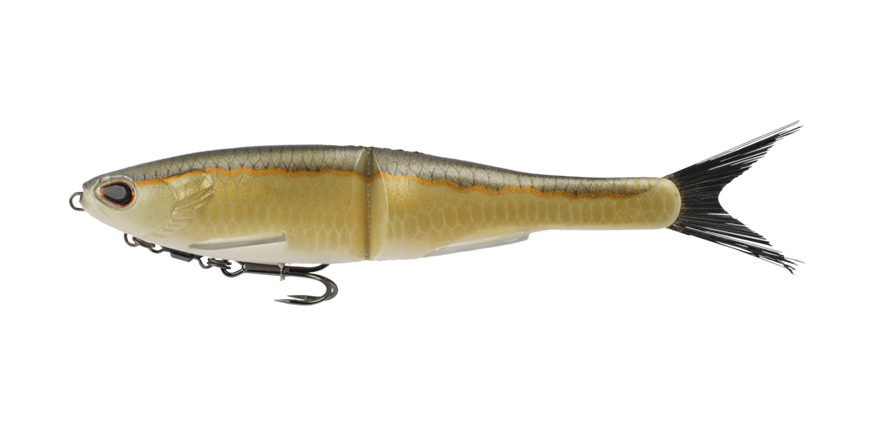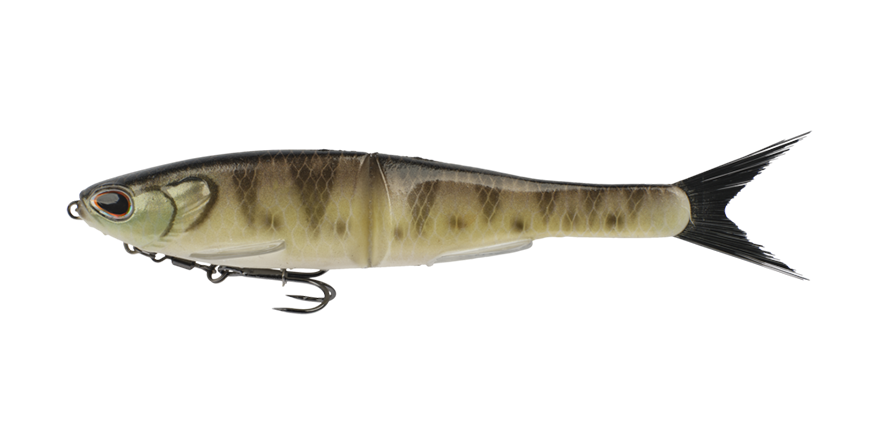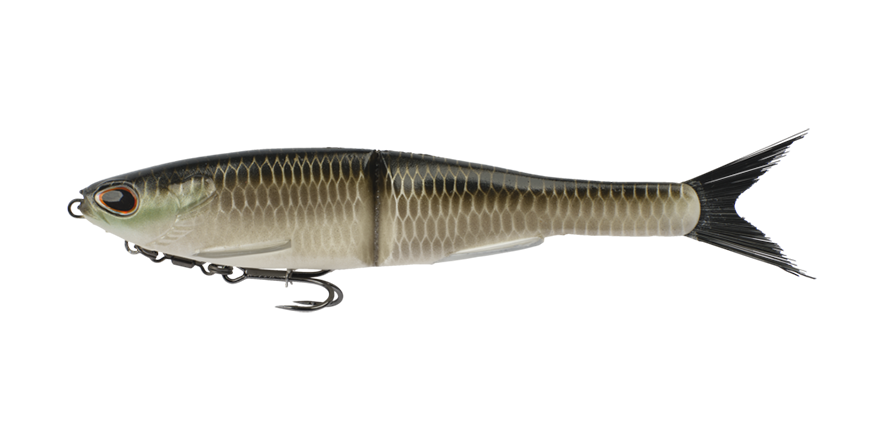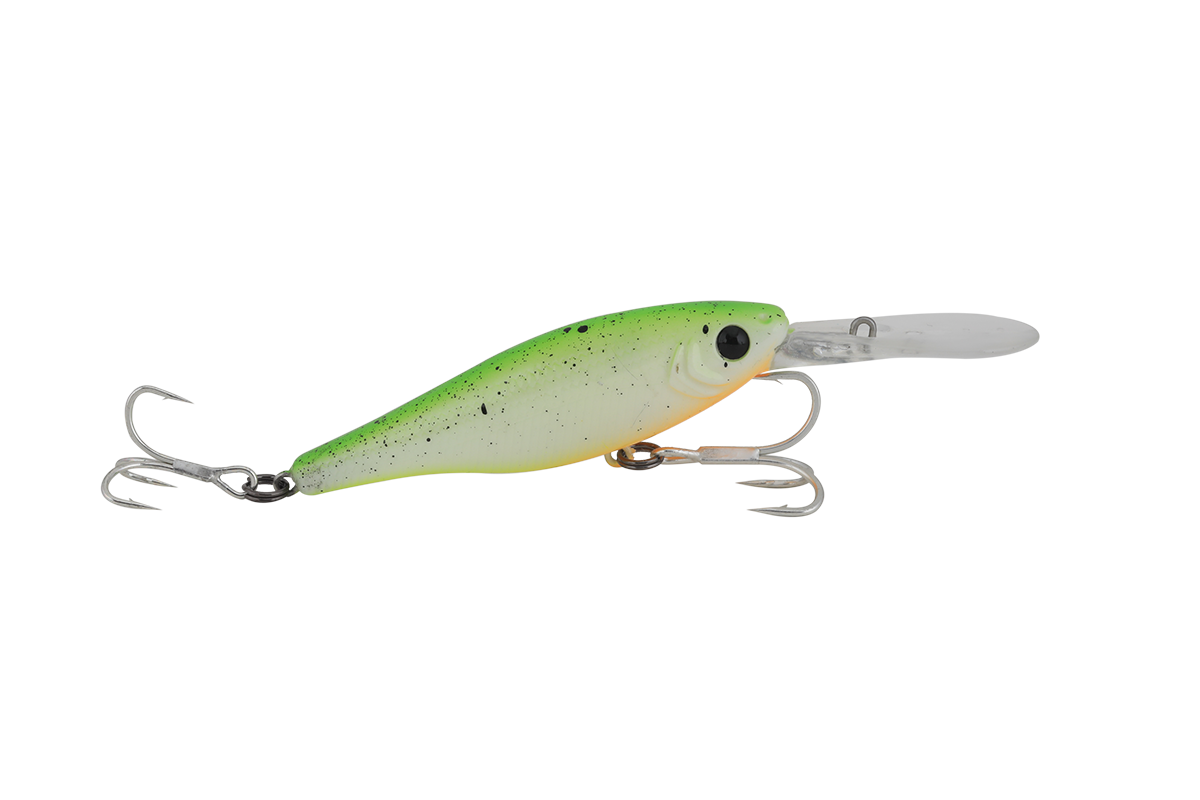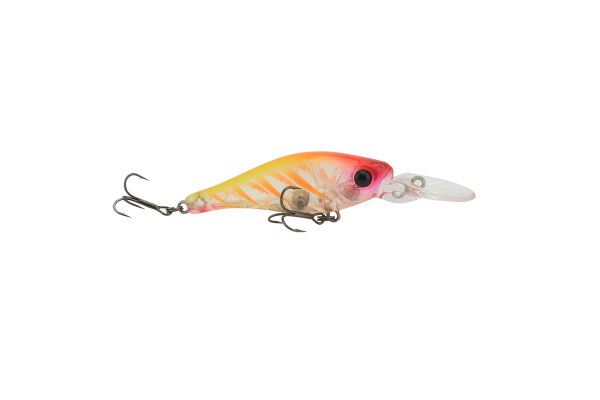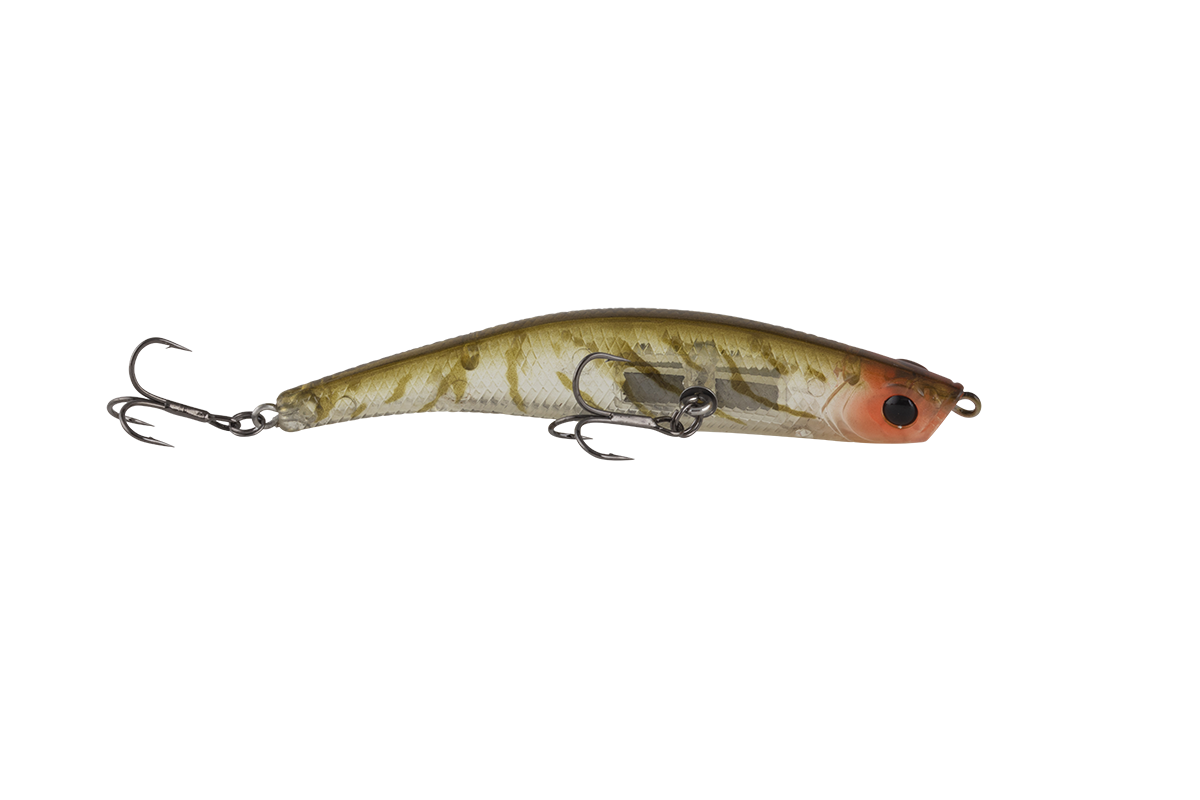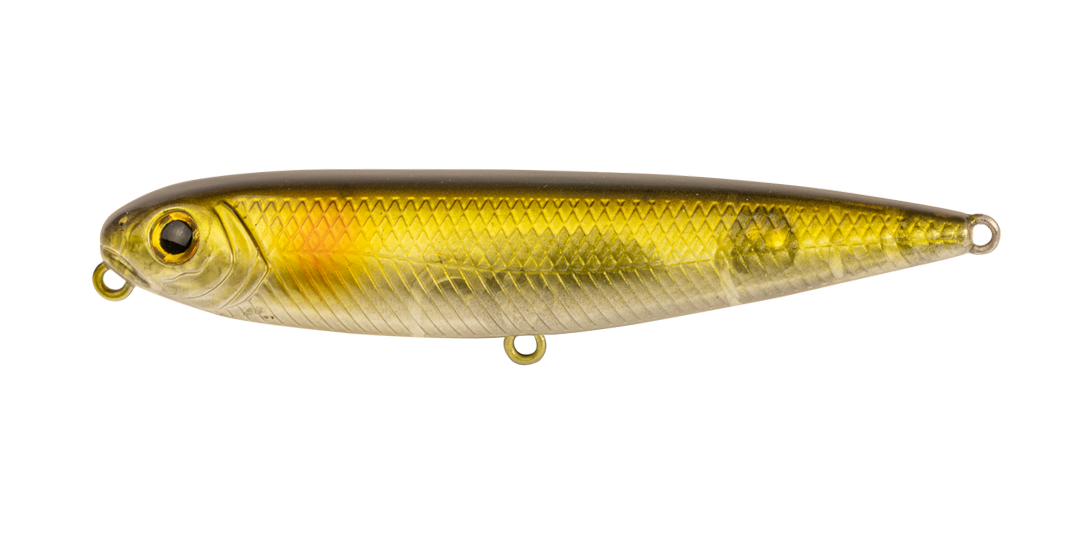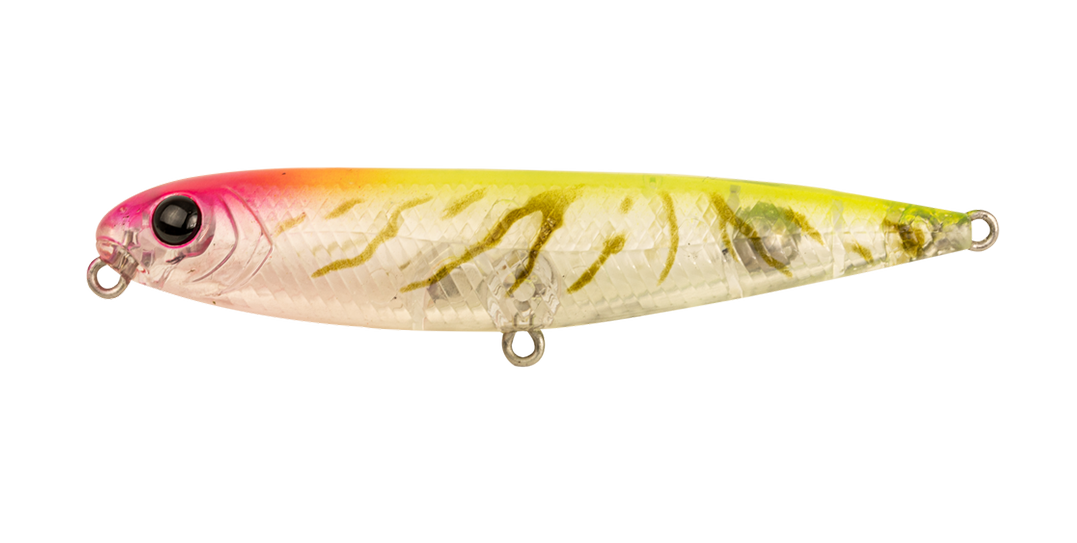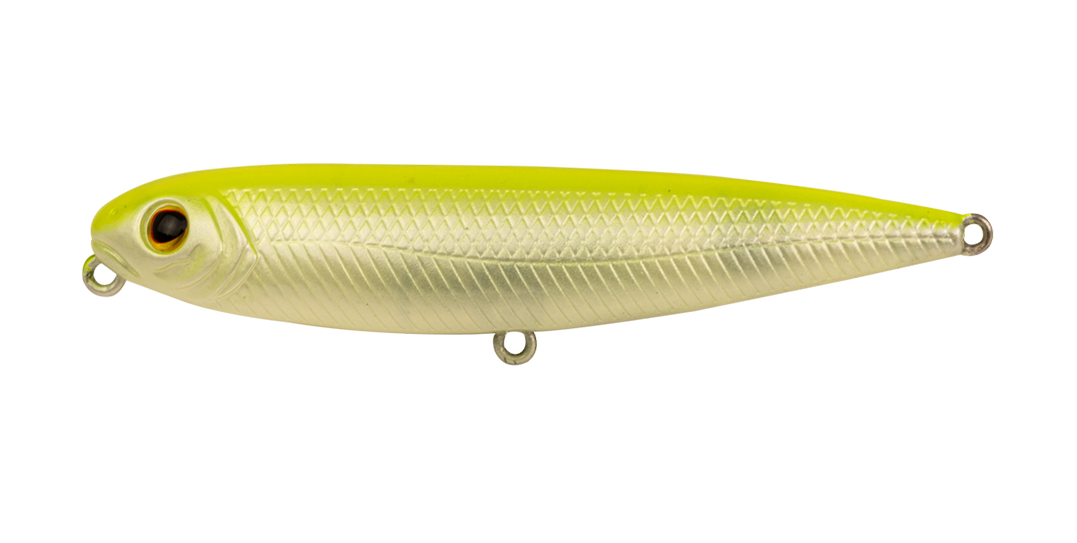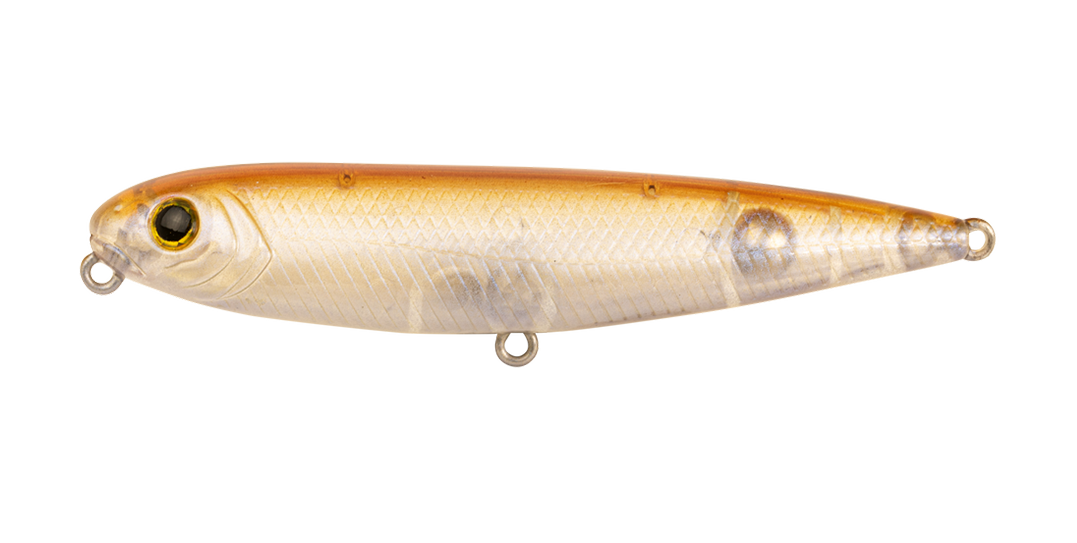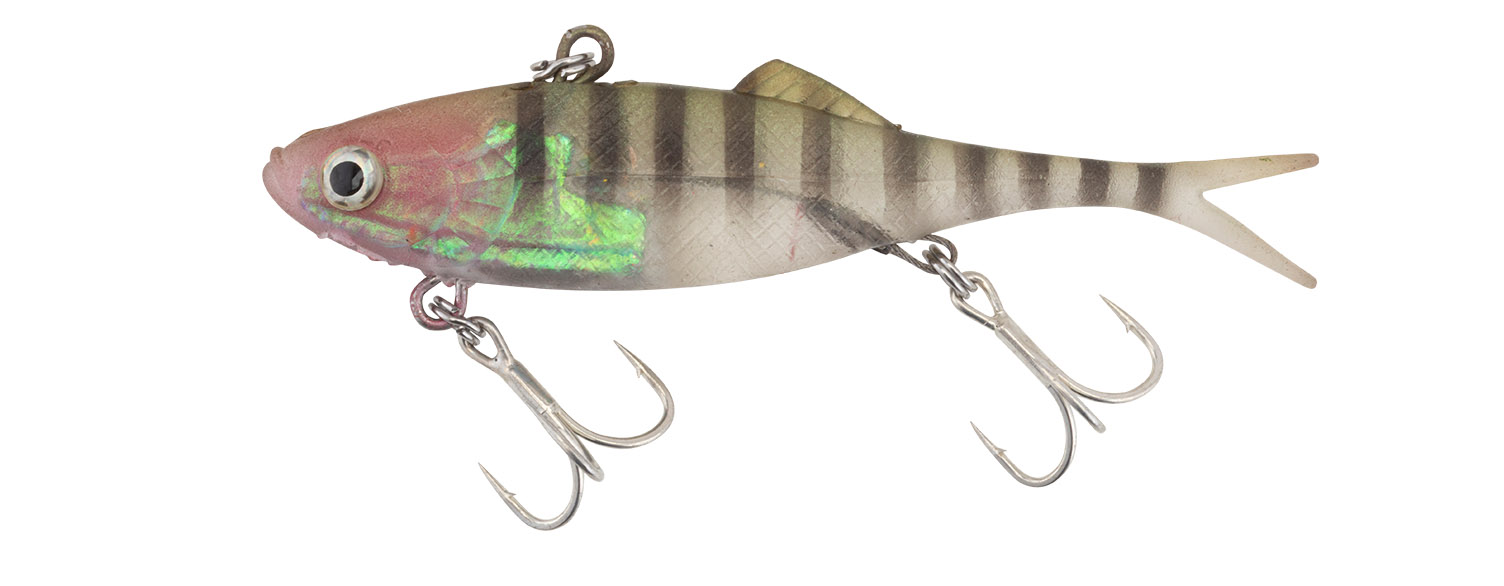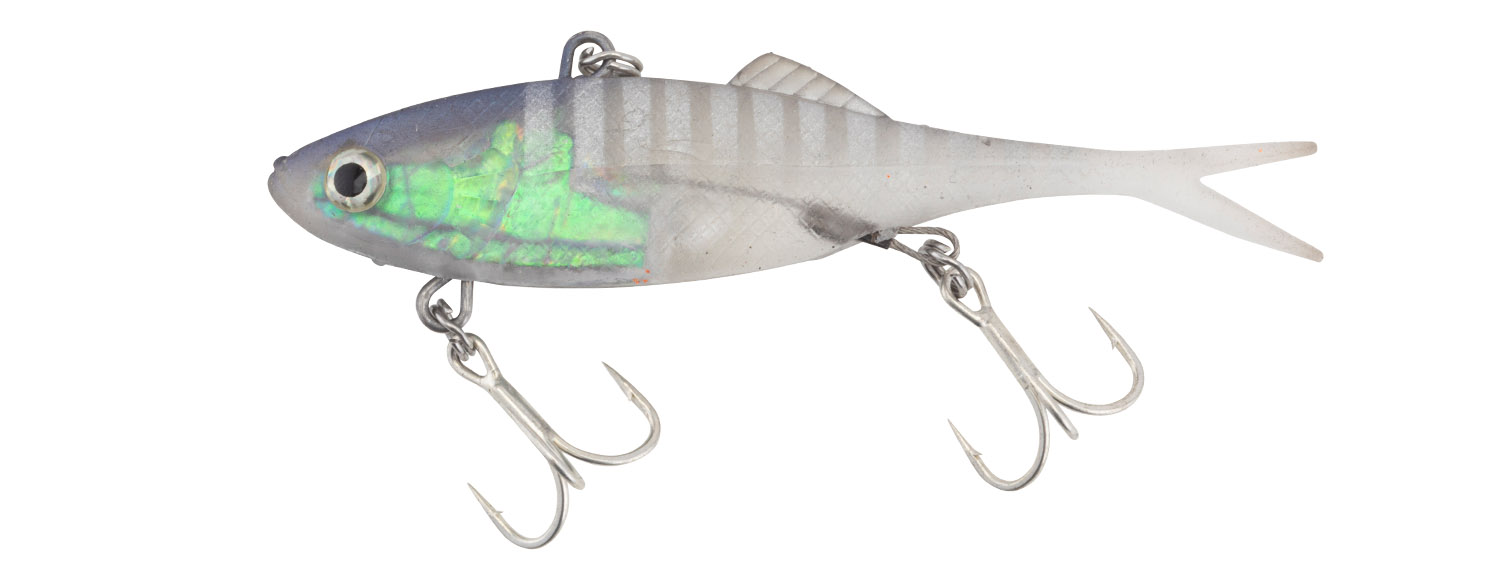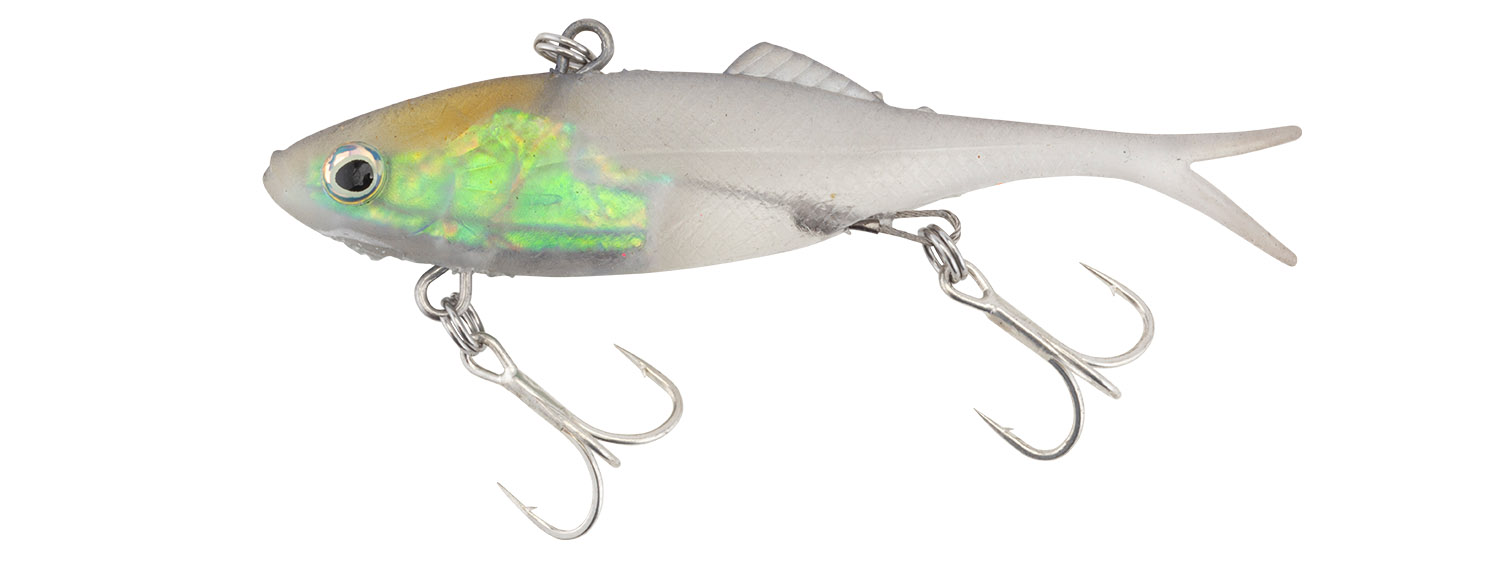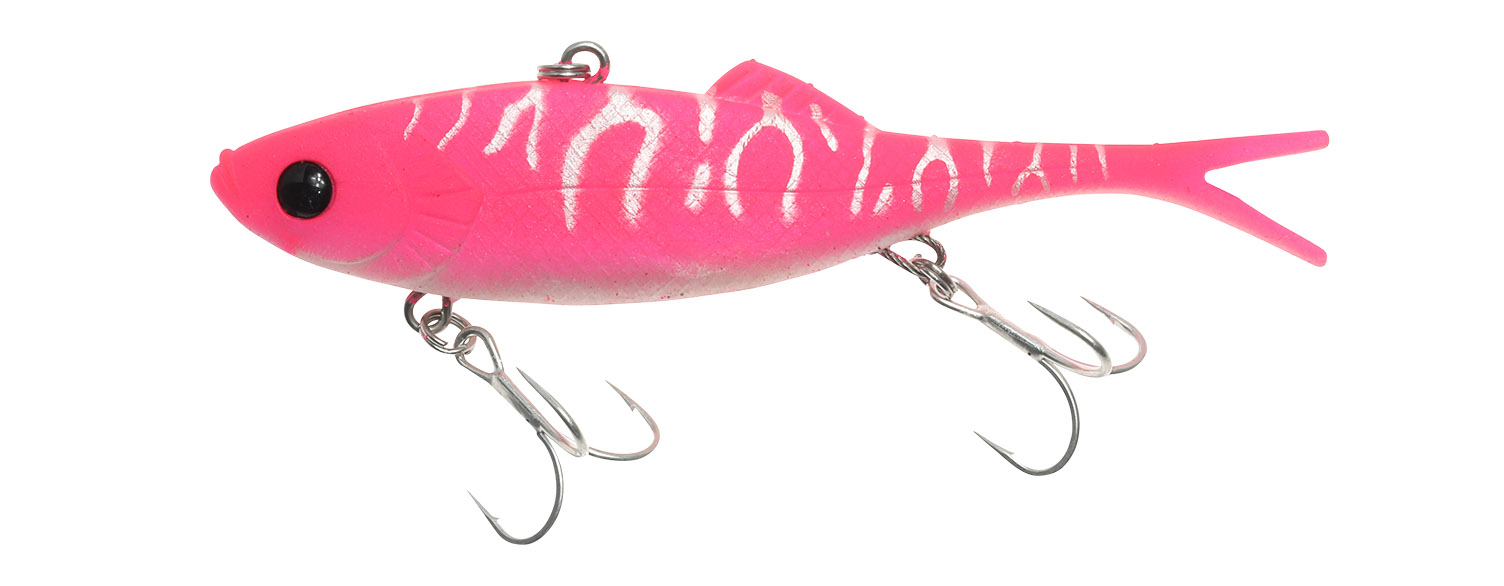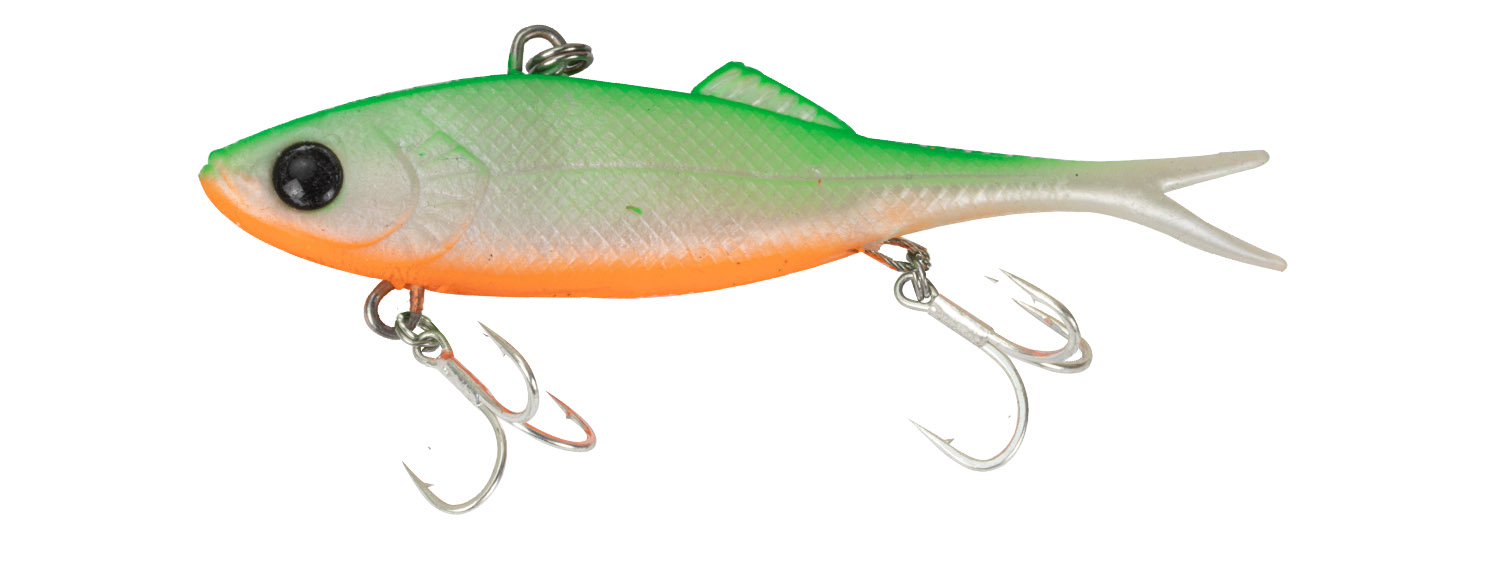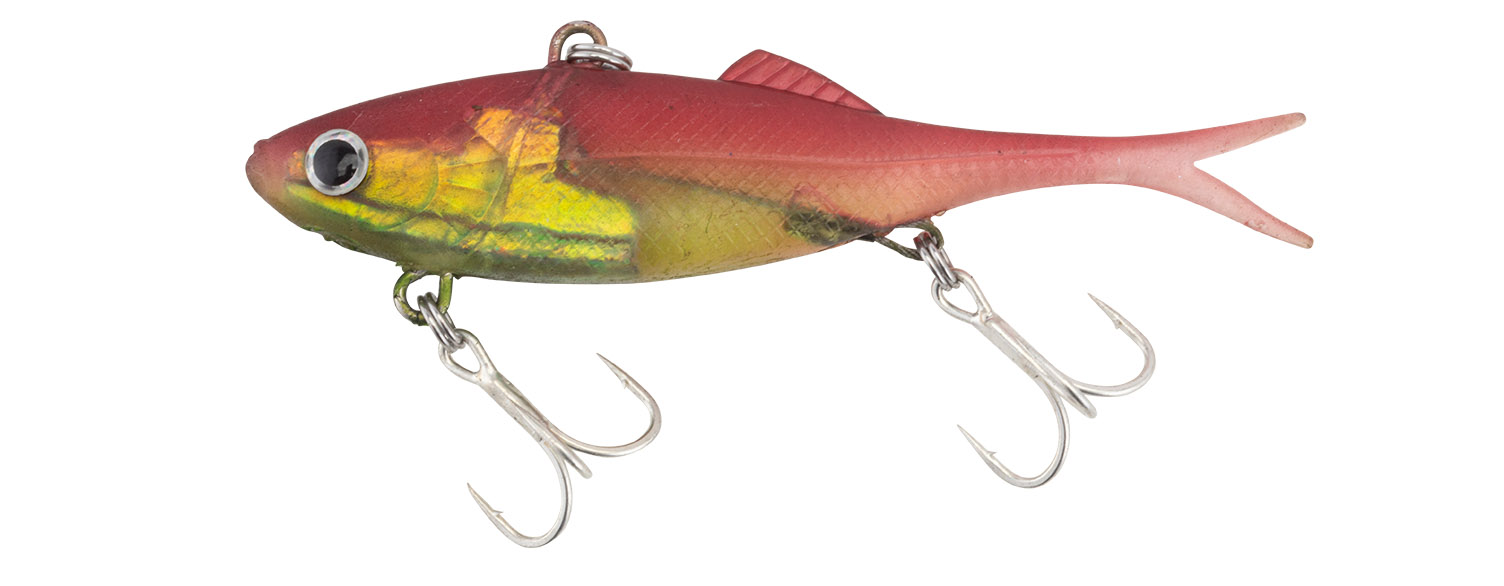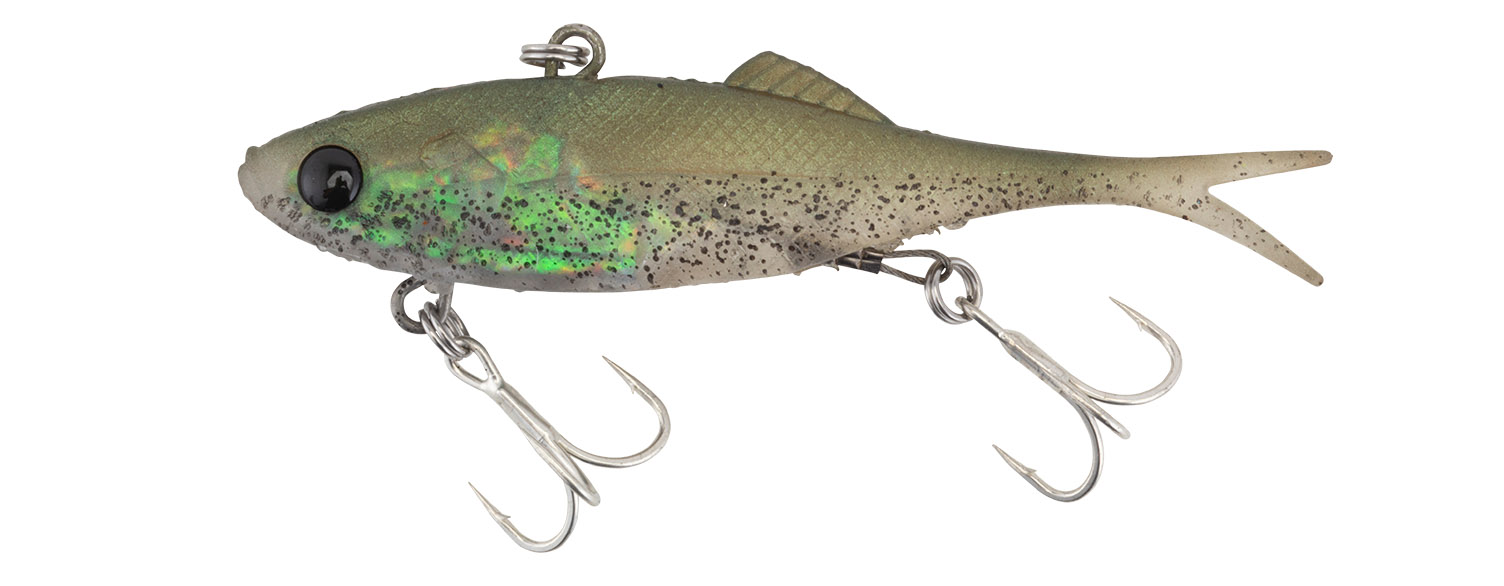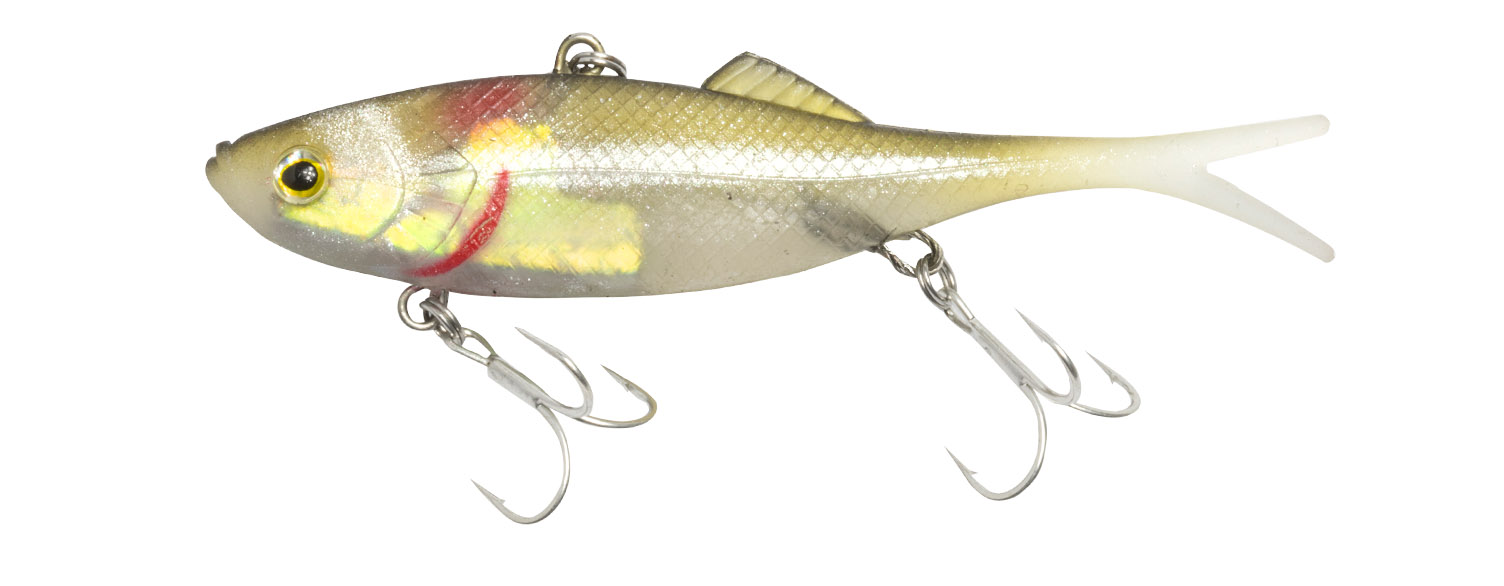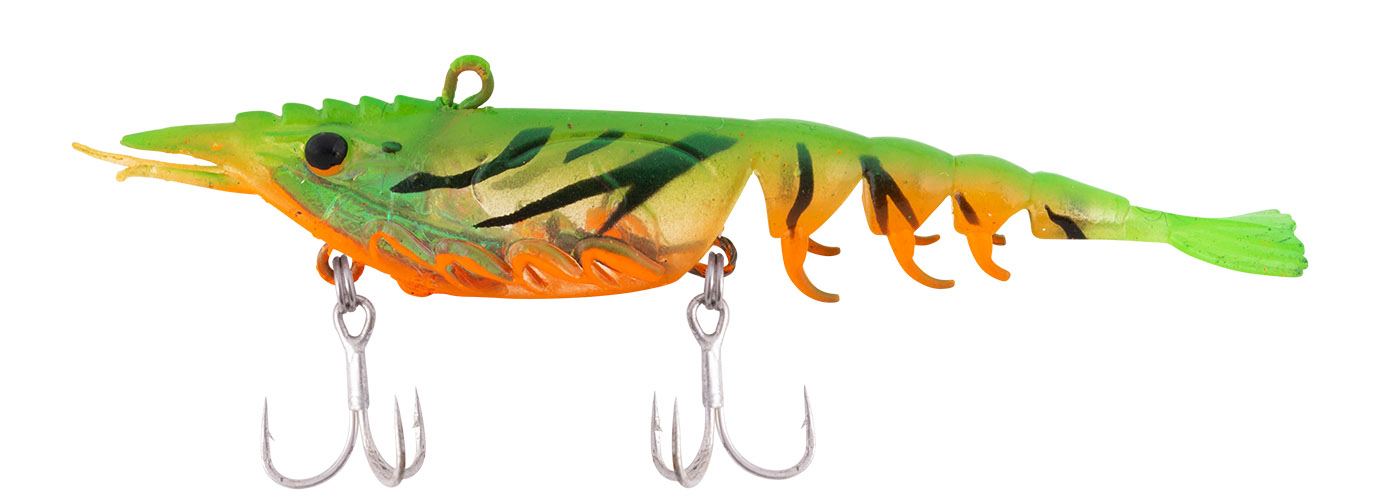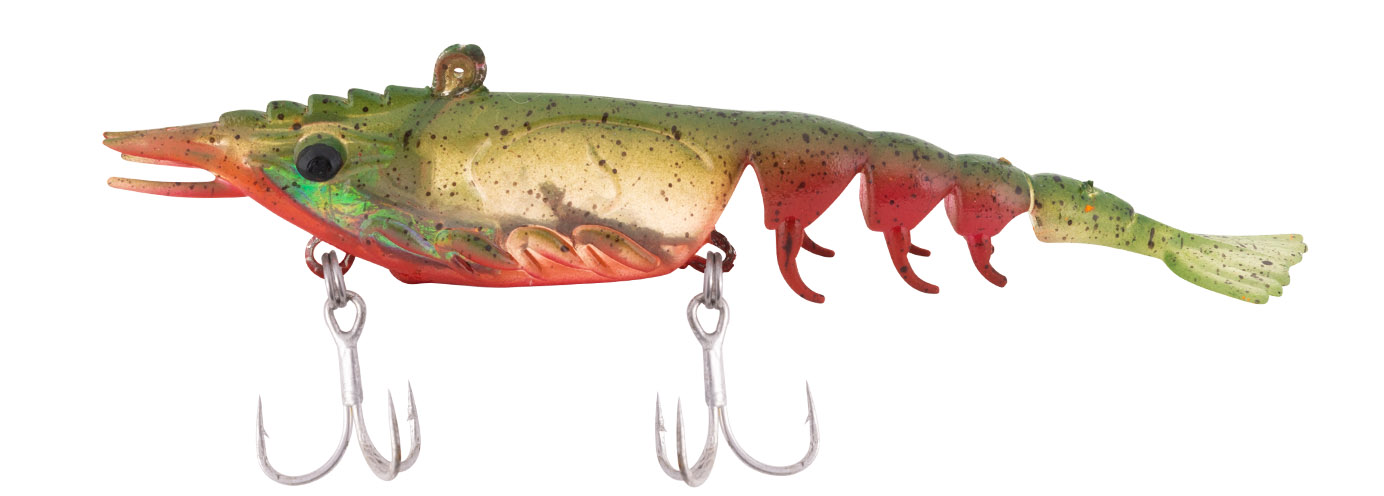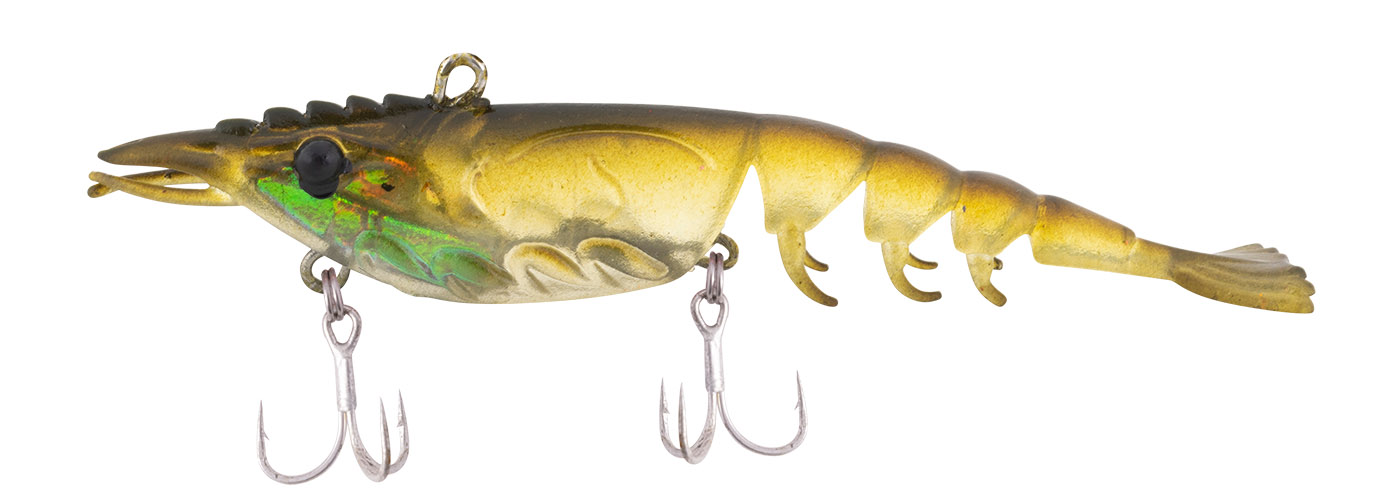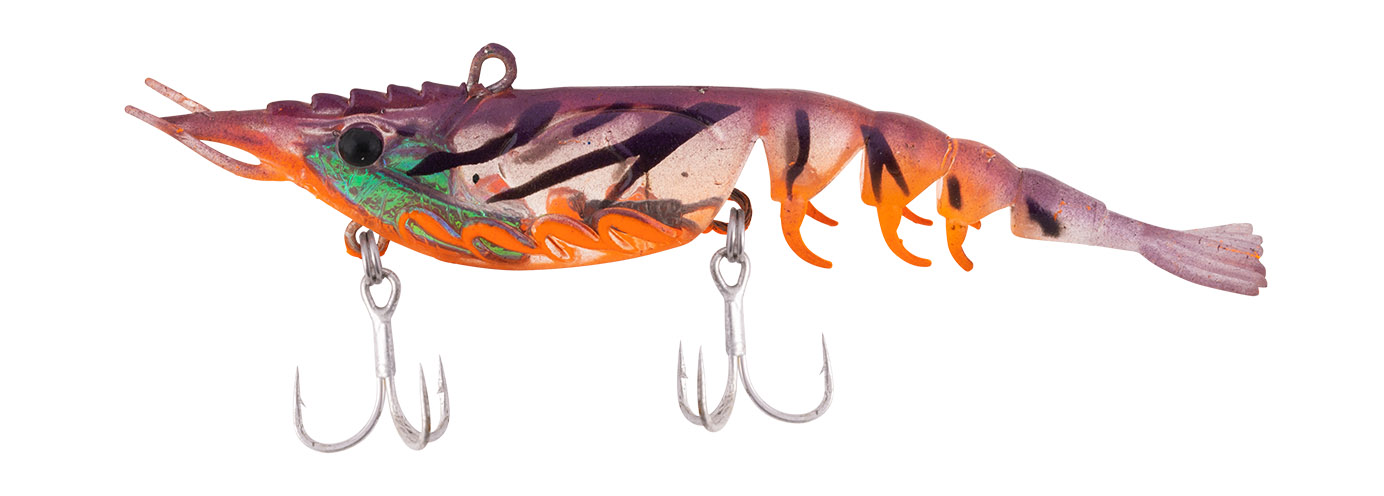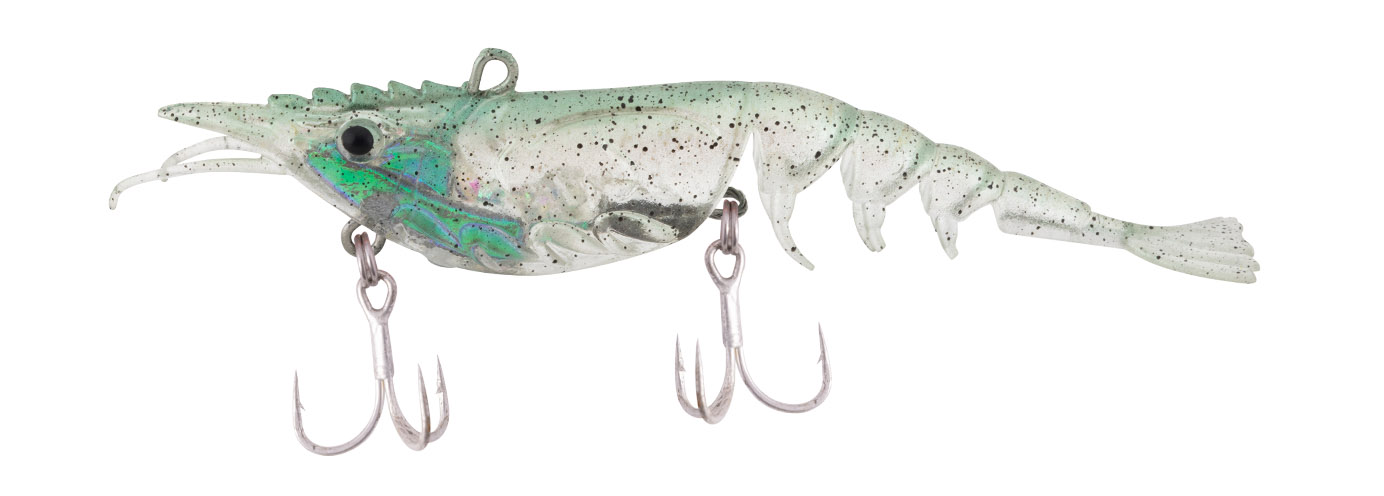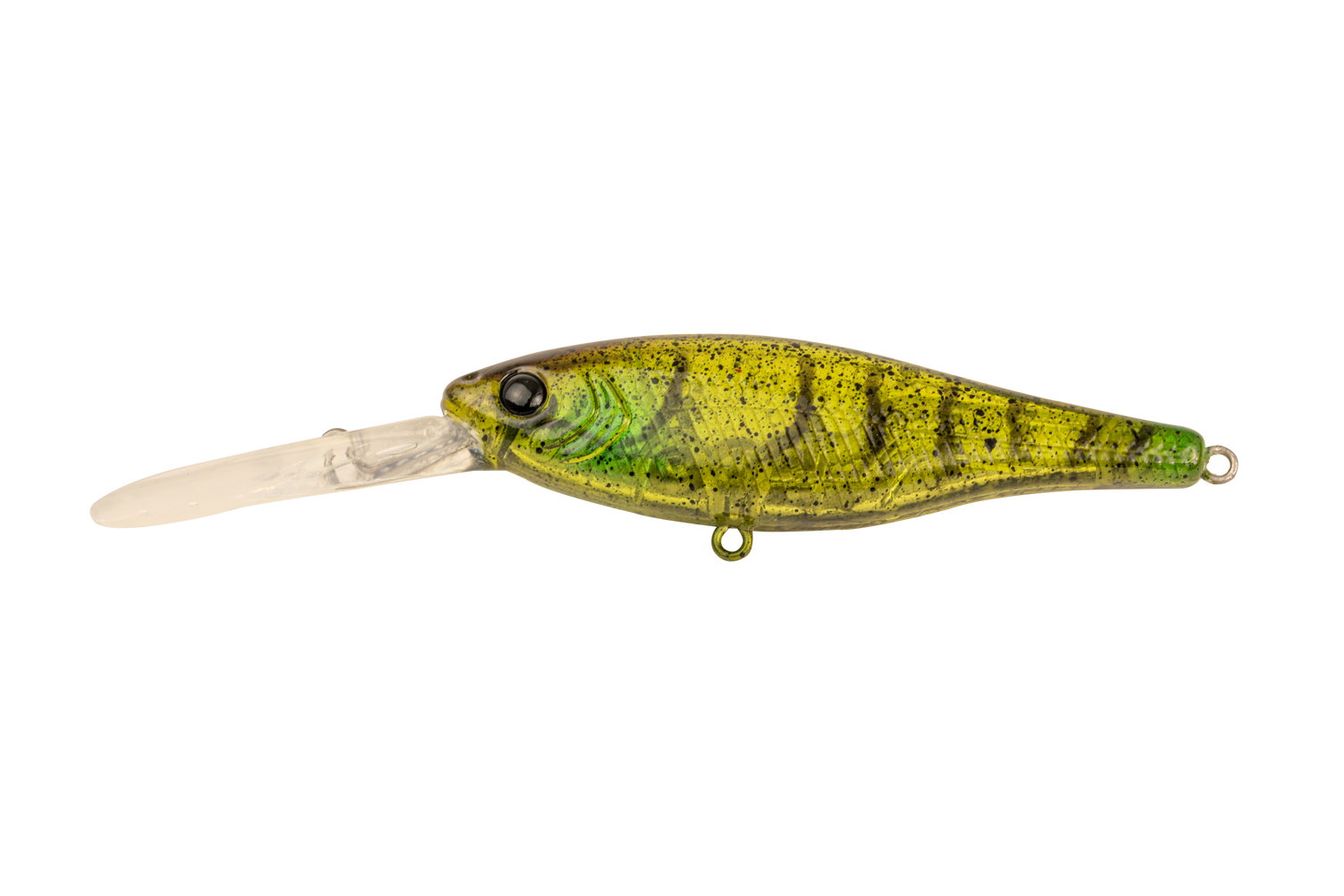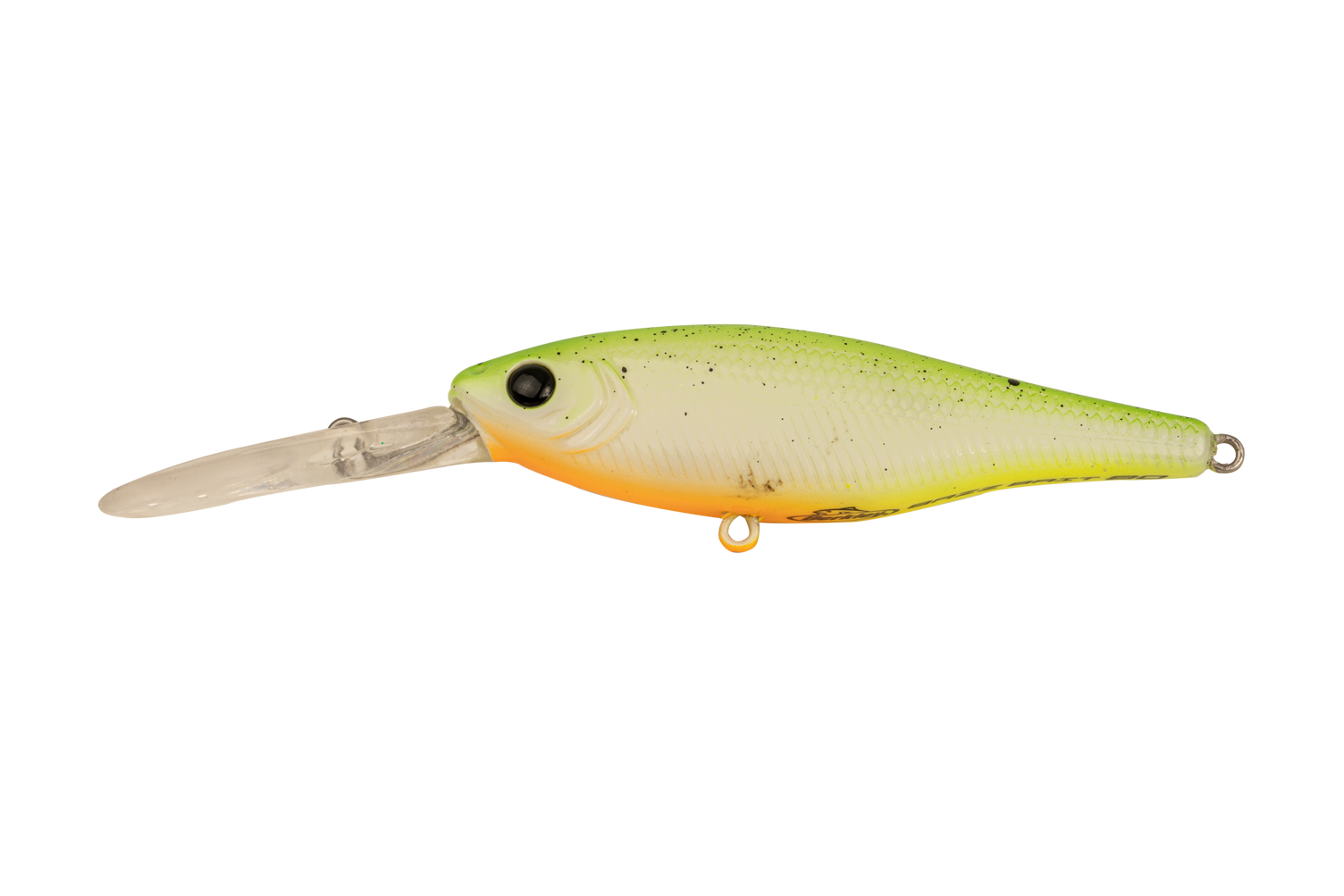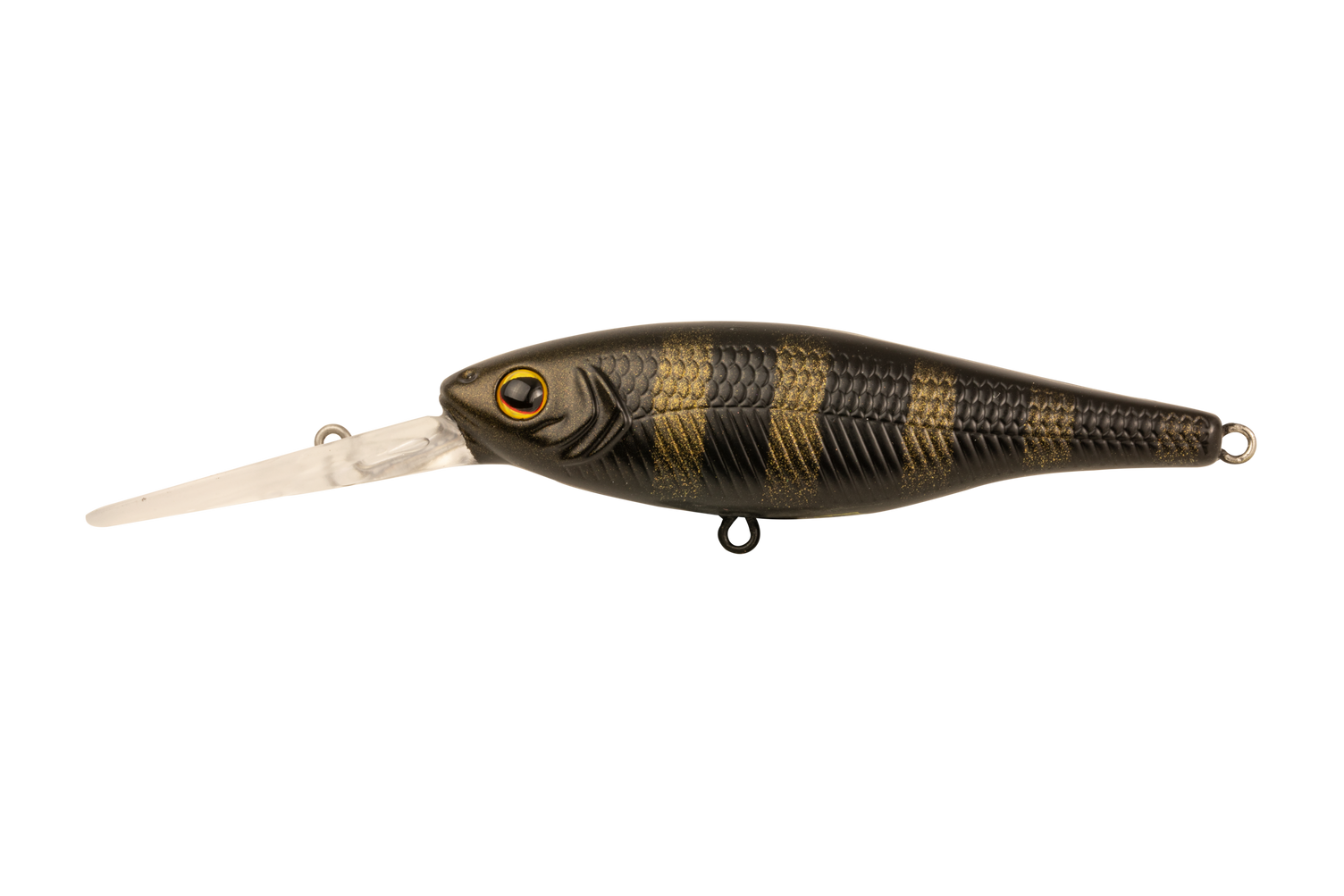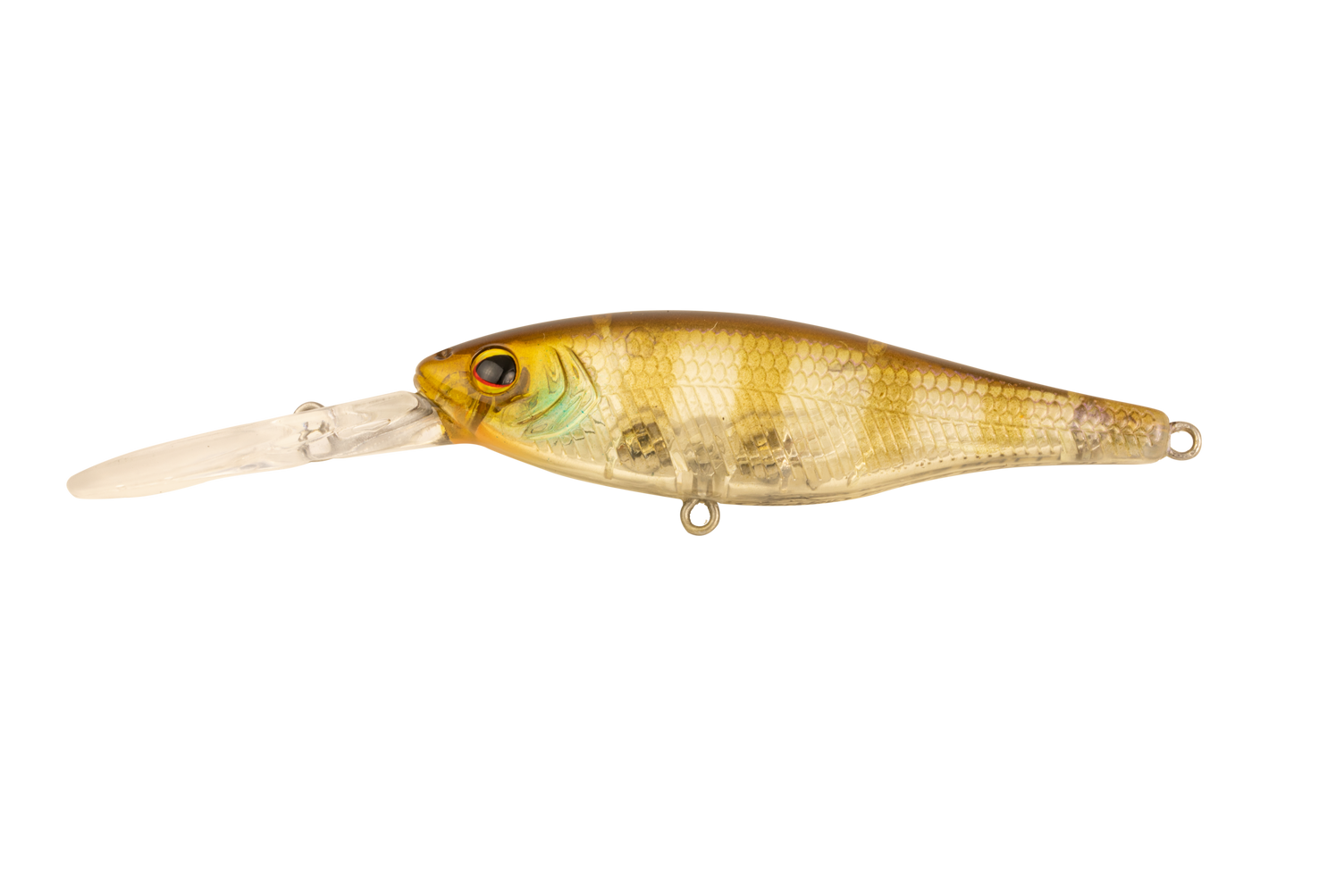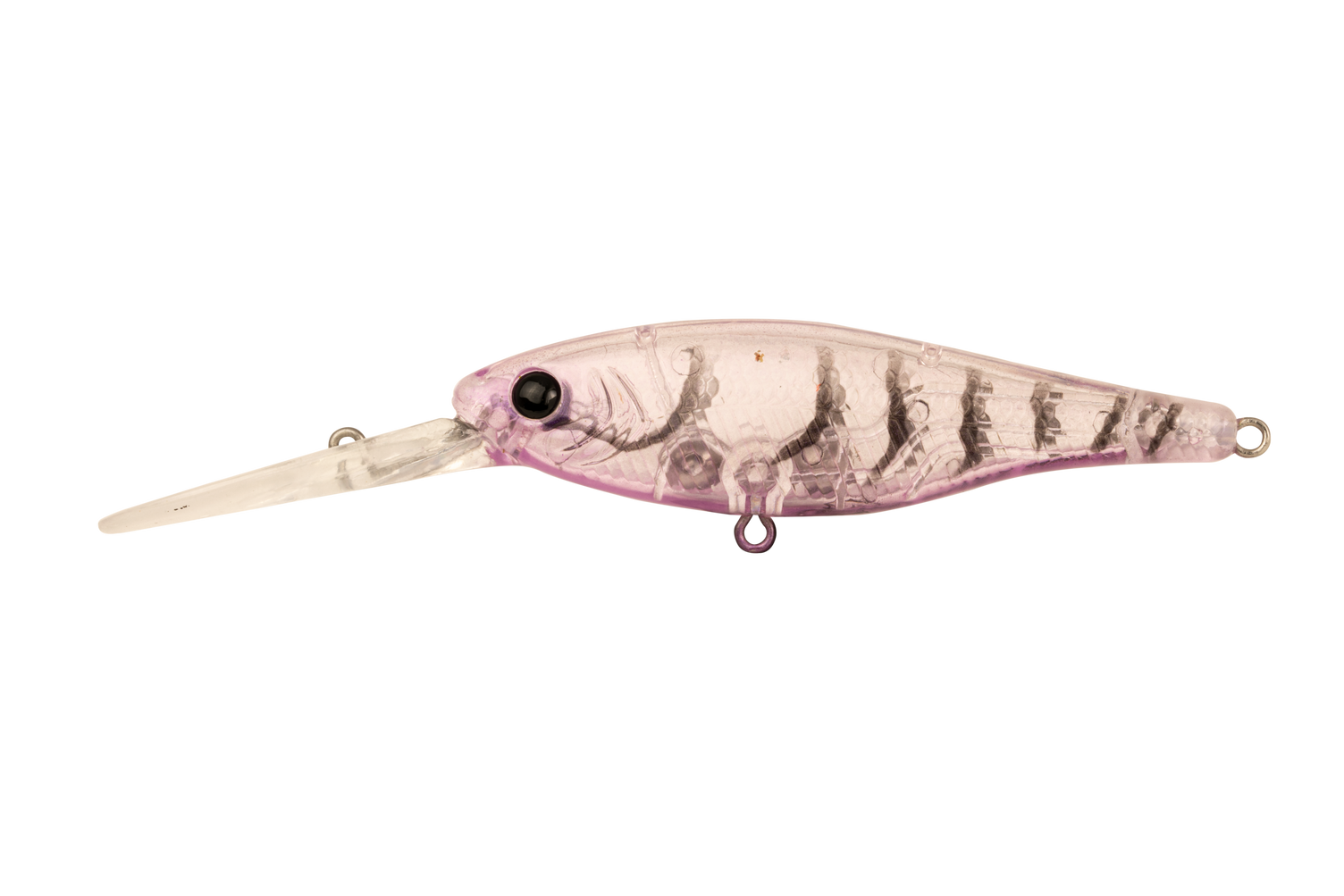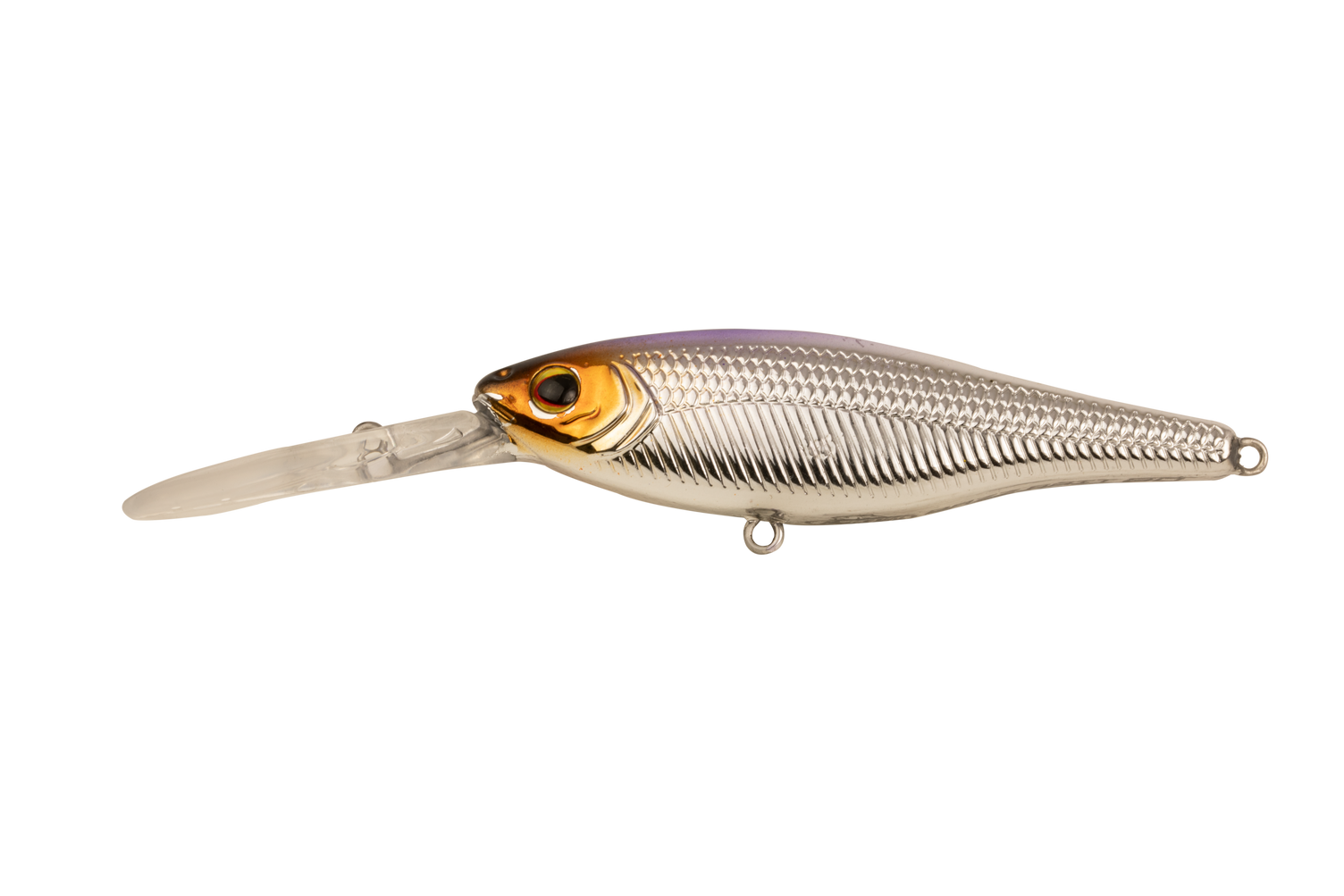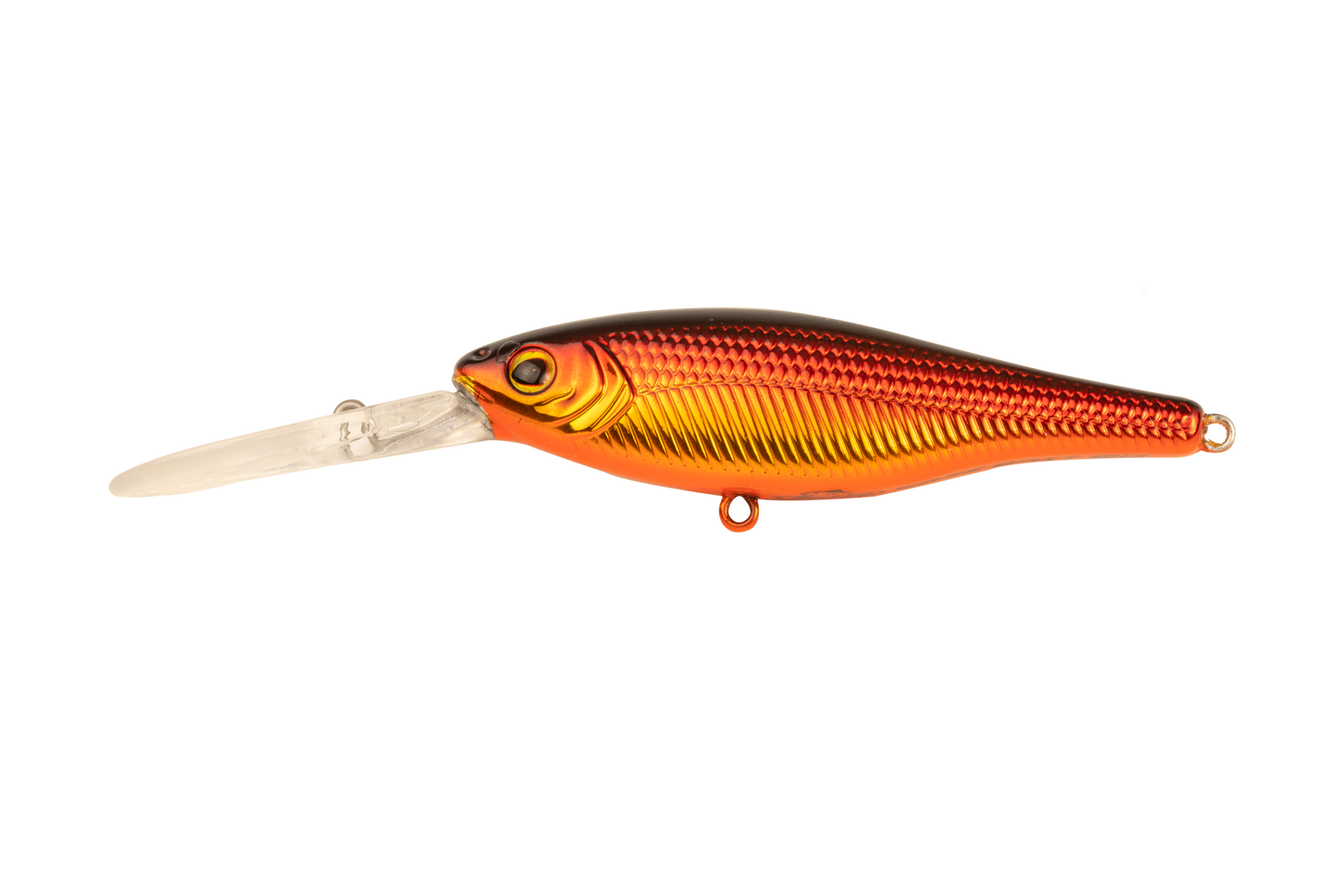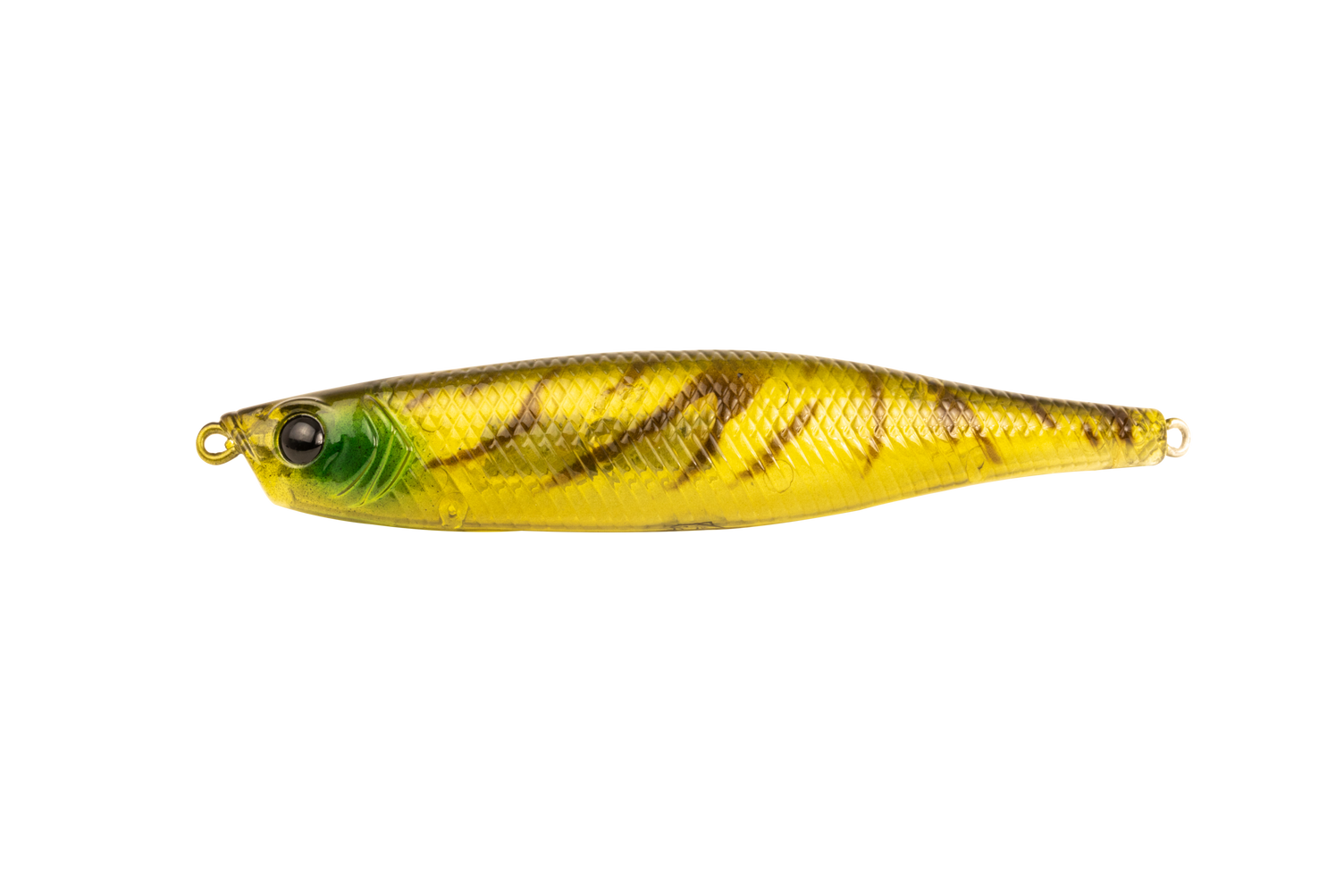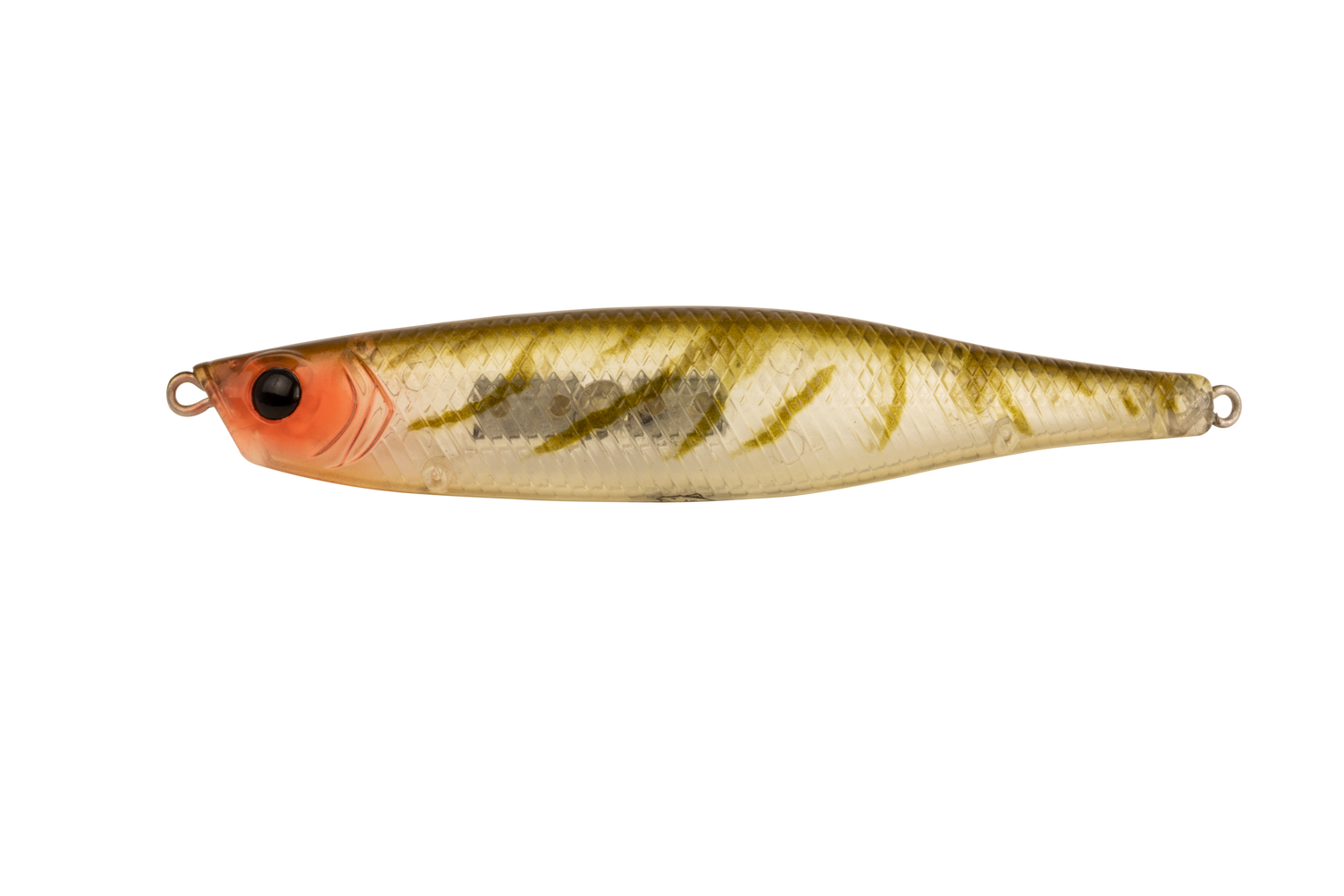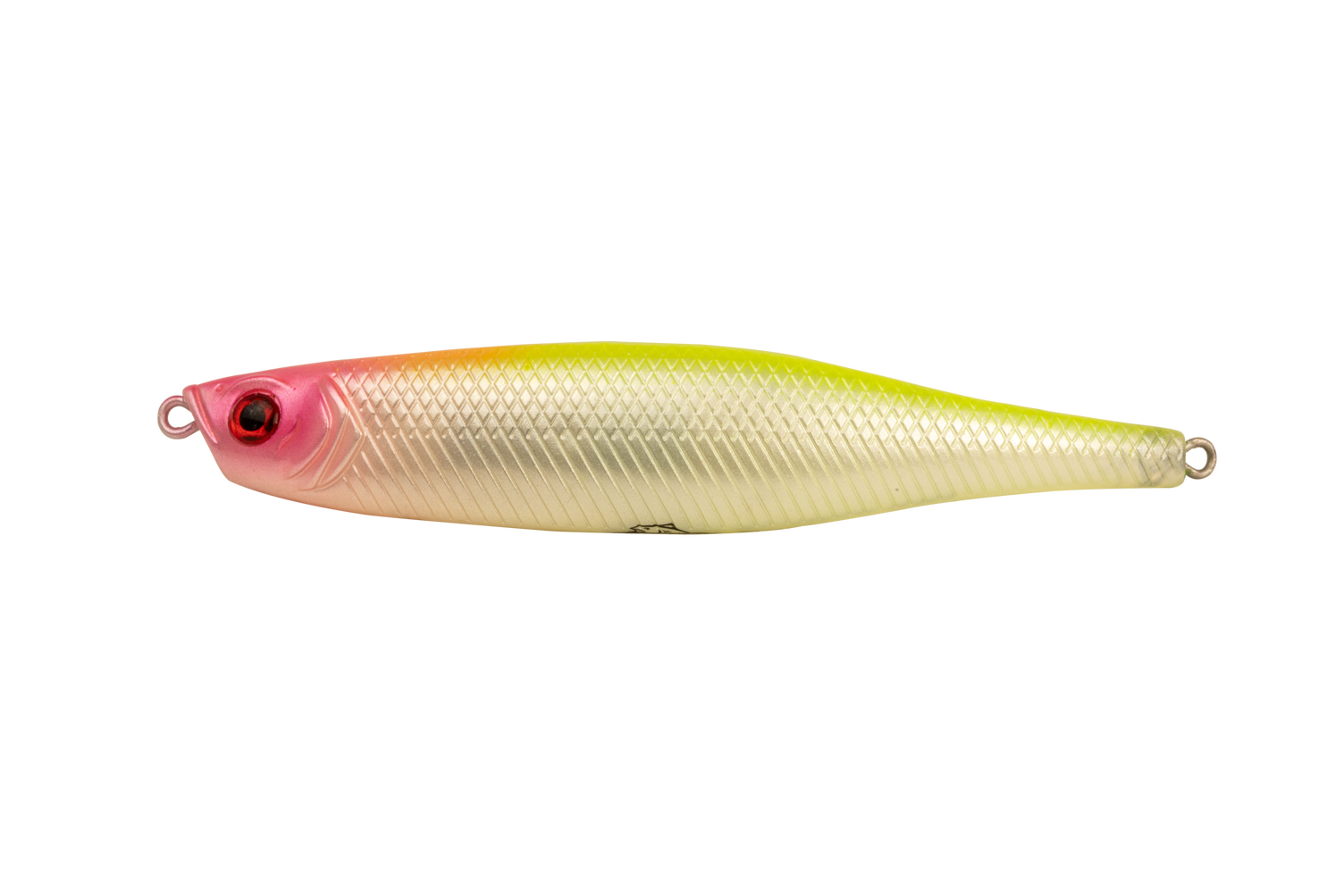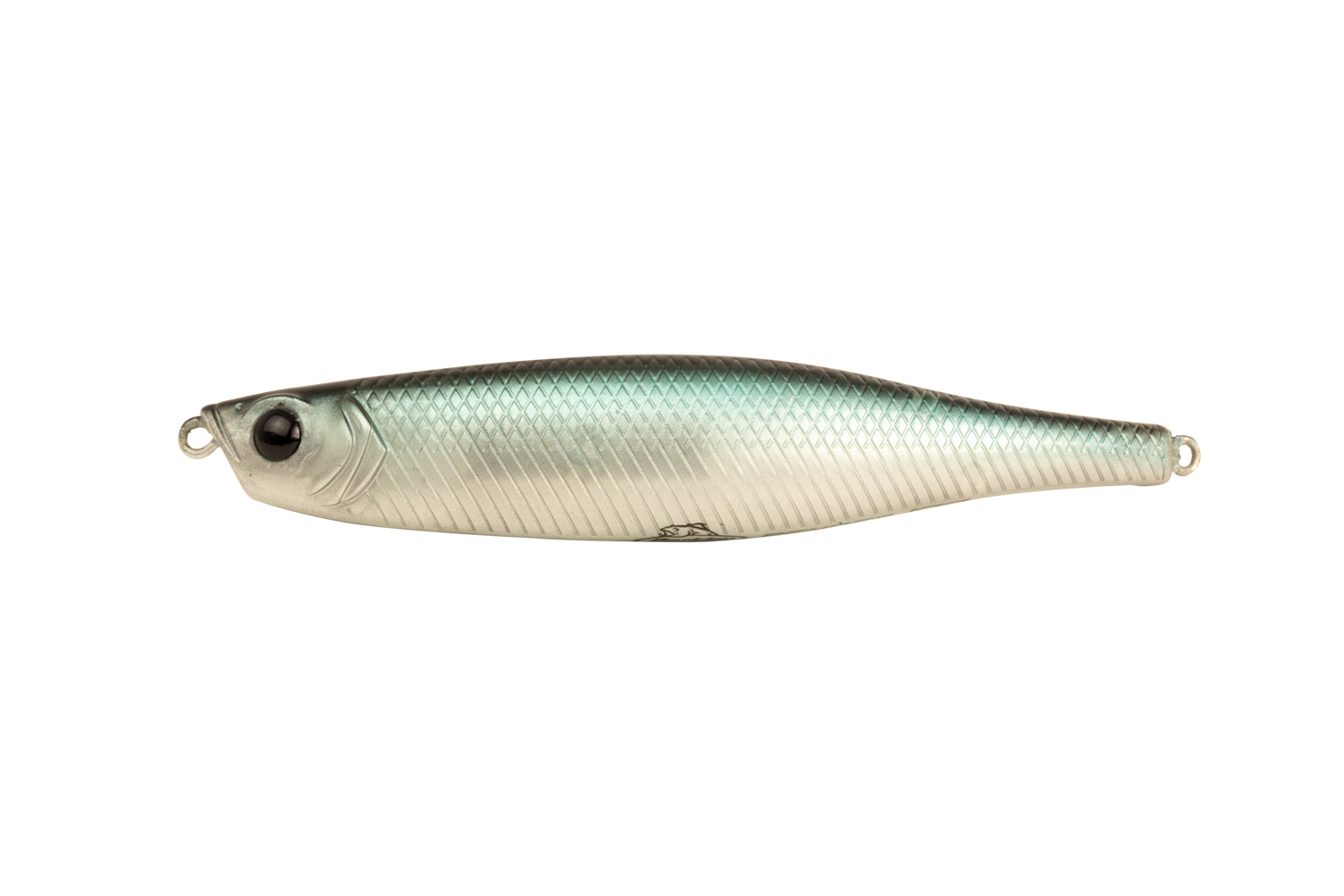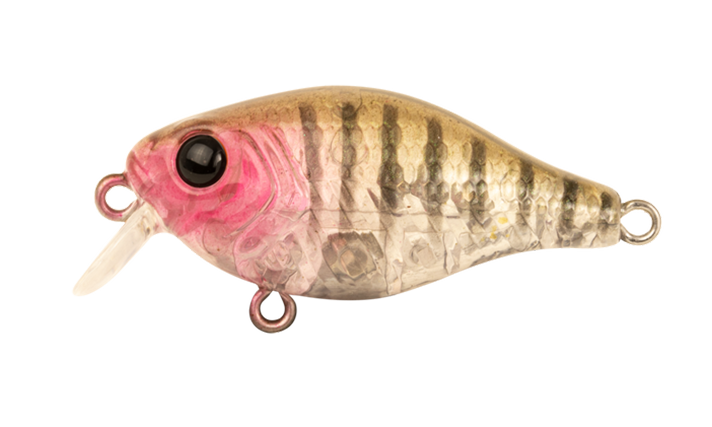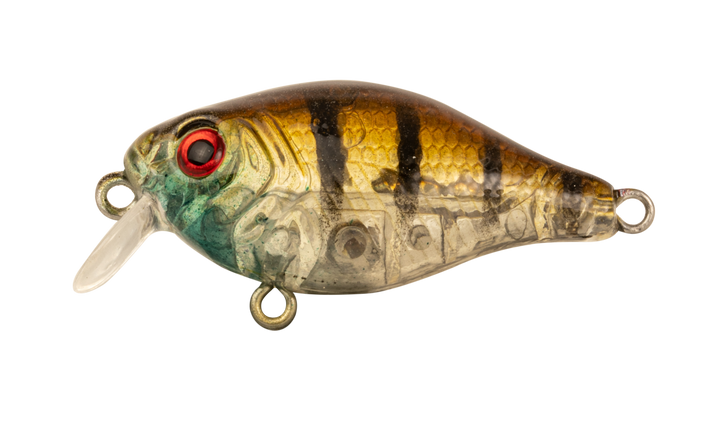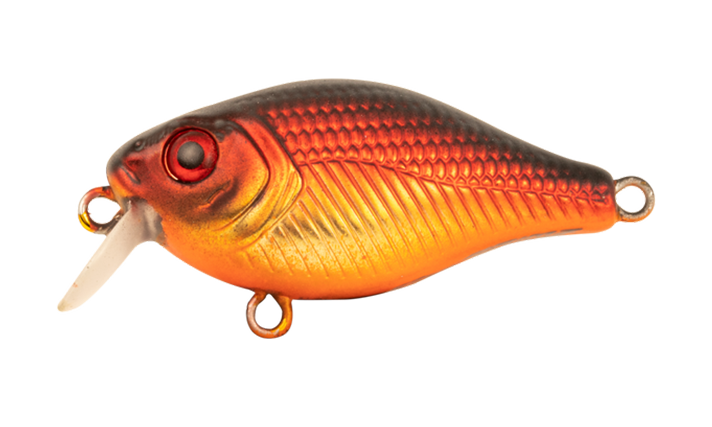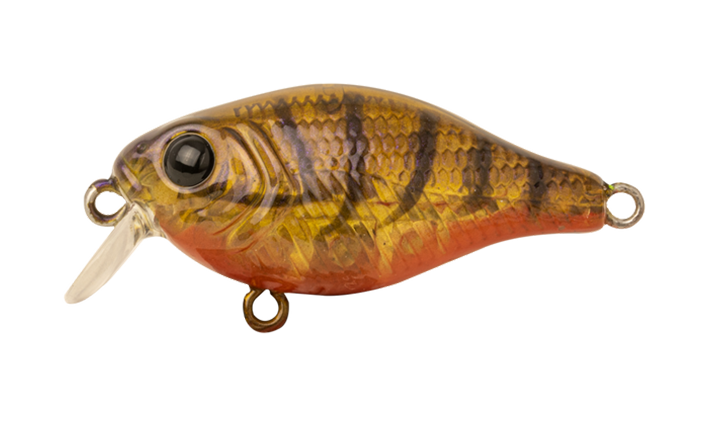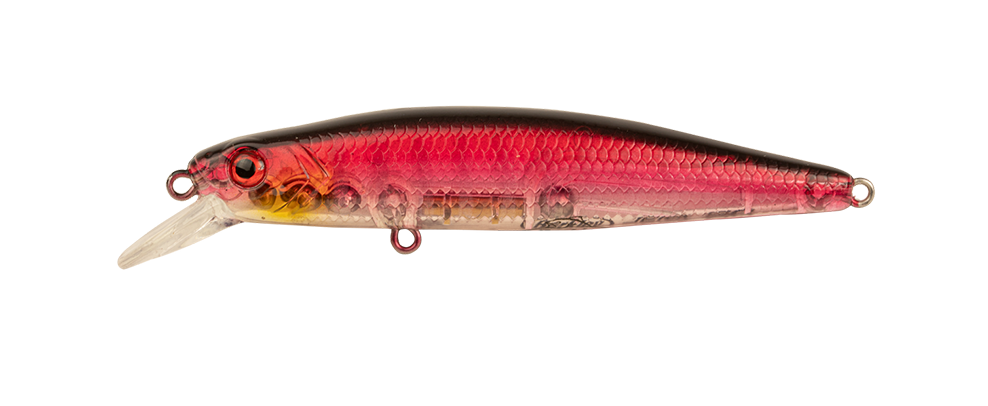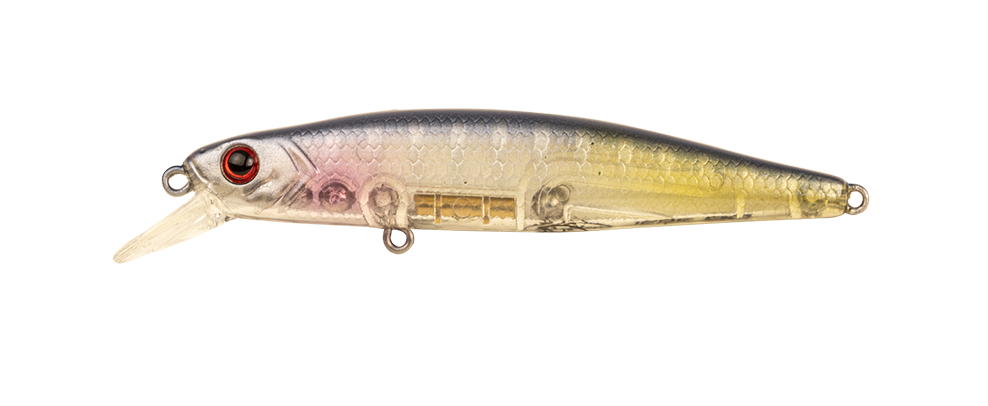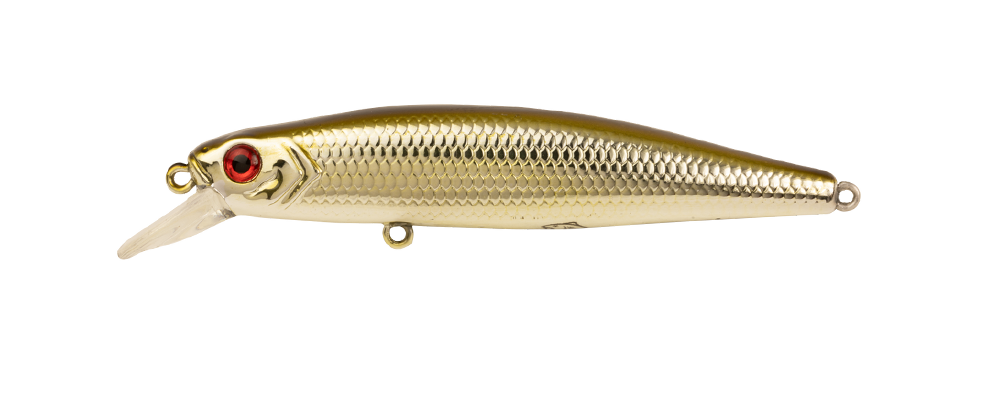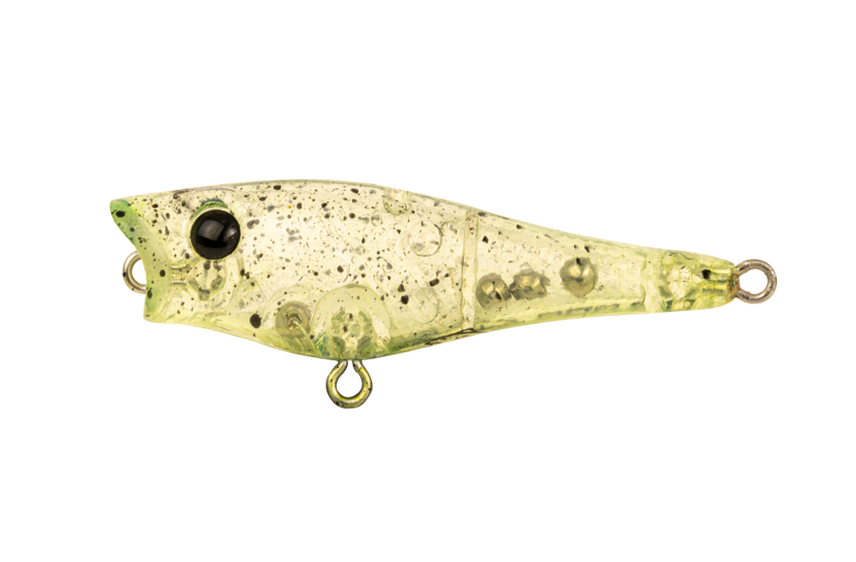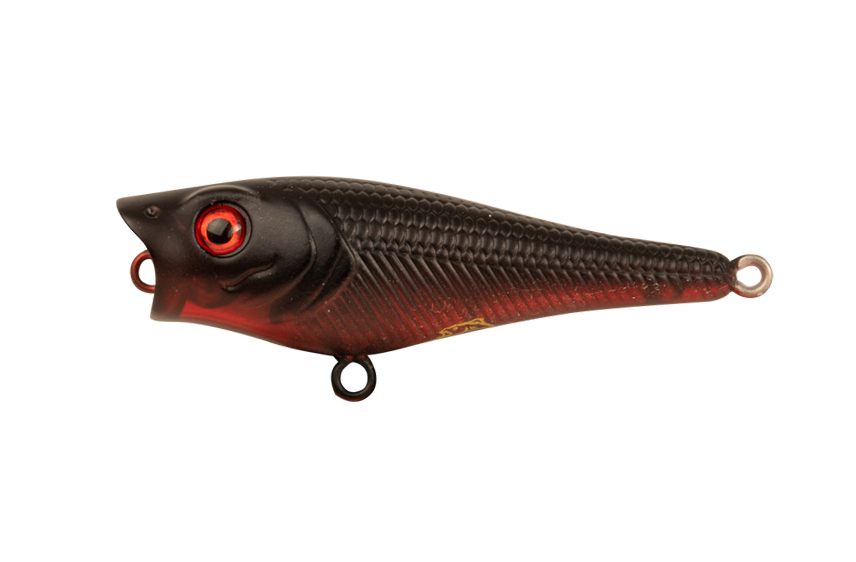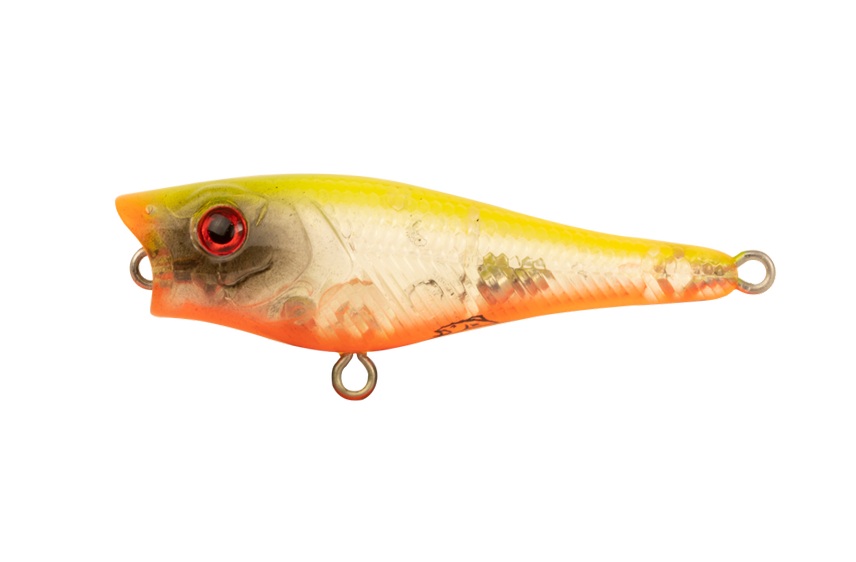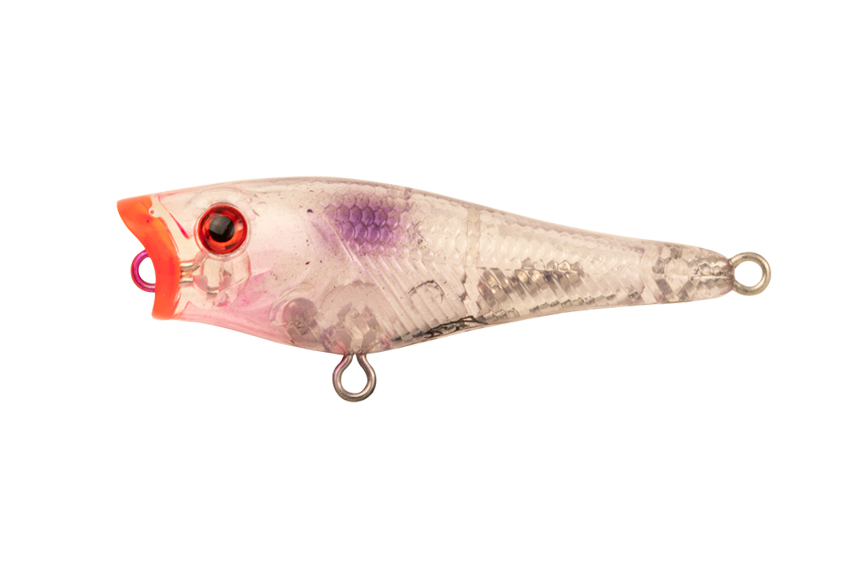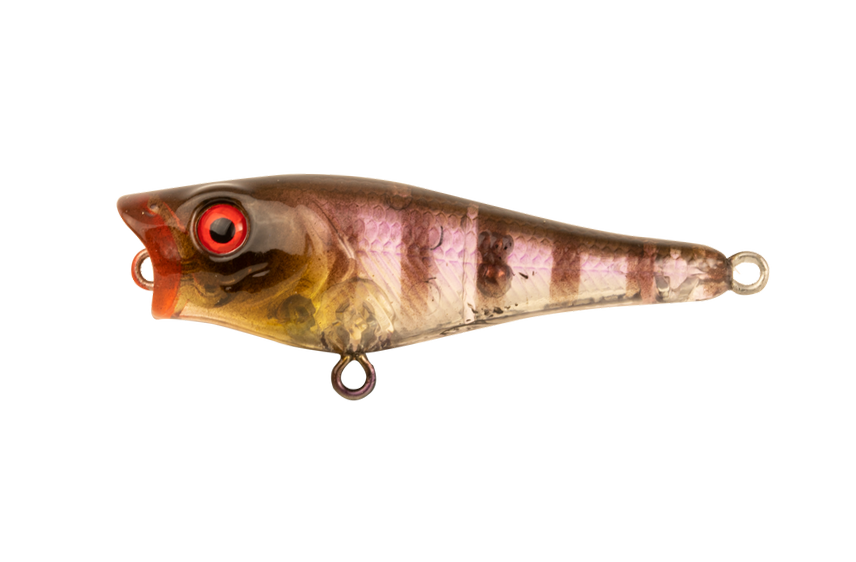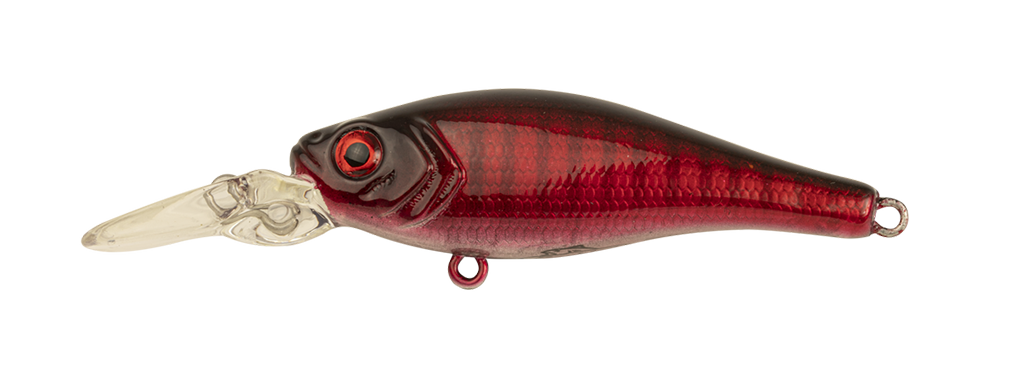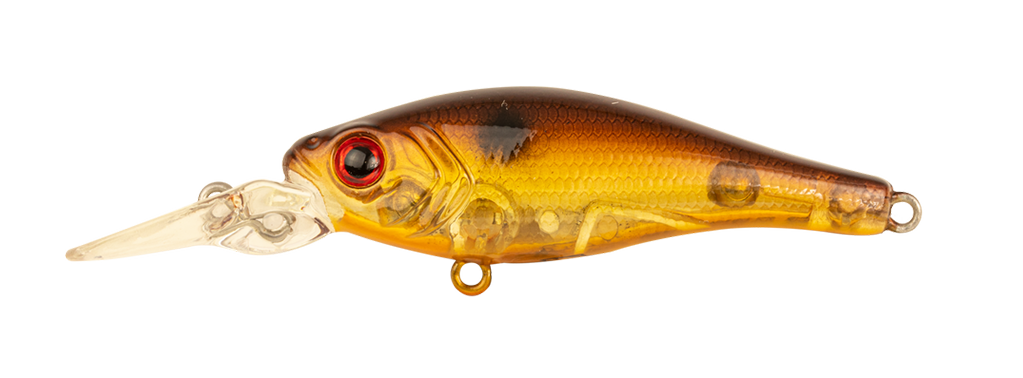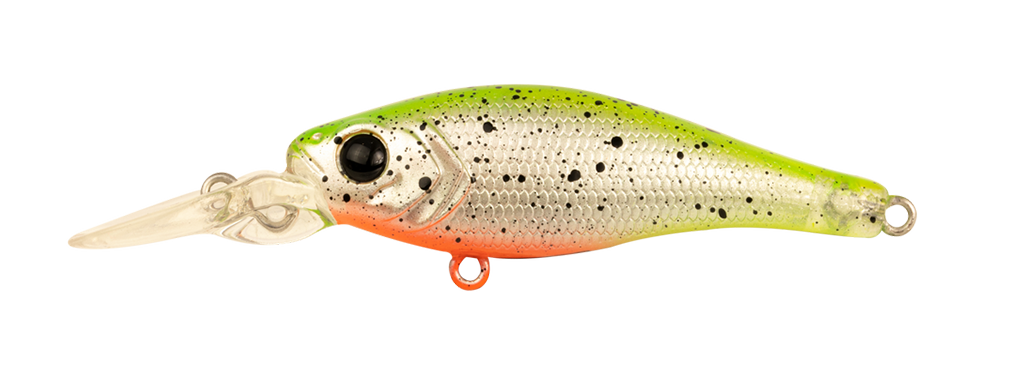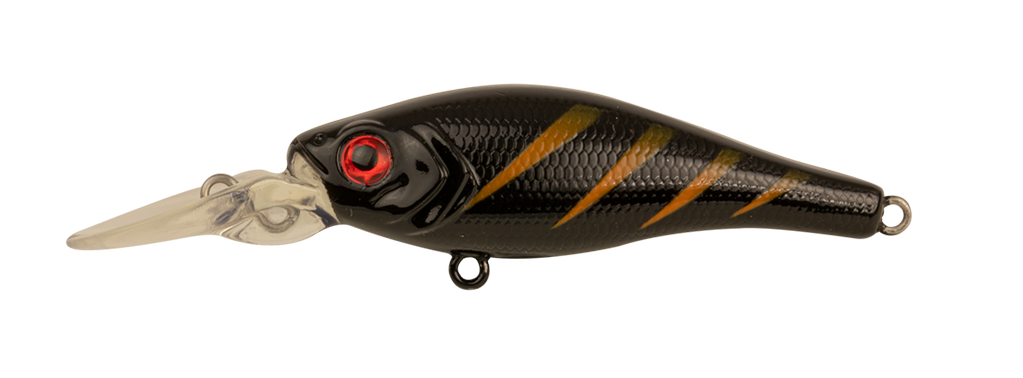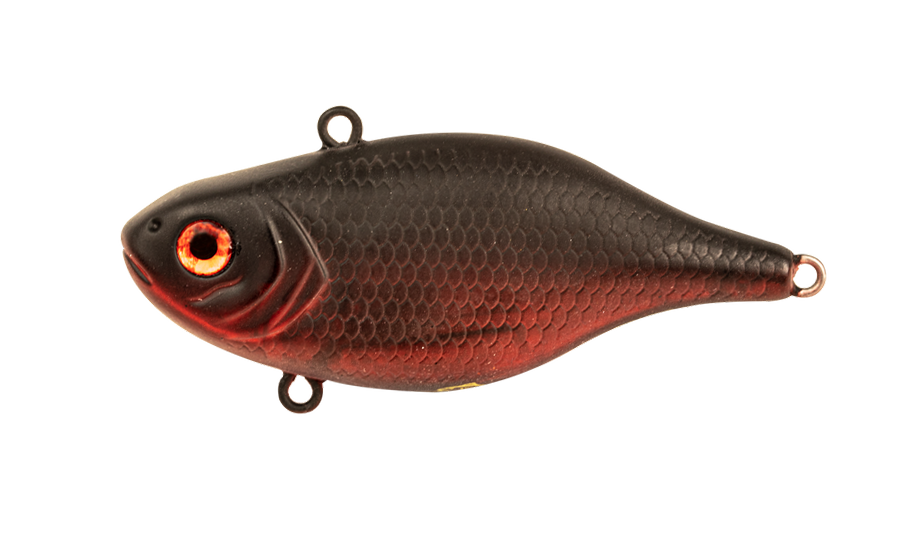FISHING LINE – THE CHRONICLES OF ROYTER
by Adam Royter
This series of Blogs is about all the things you really shouldn’t do but sometimes can’t help, and the things you do know are right but can’t work out why! Occasionally it takes someone a little kooky around the edges to spell it out for you – enter The Chronicles of Royter!! The place where if you’re a bit of a goose, you just don’t know what you’re doing or you’re too young to be told otherwise, you can probably read about it here. Adam Royter’s not always right and he blows his stack a little bit as well, so if you can wiggle past all of that, there’s a really good chance you’ll learn something along the way.
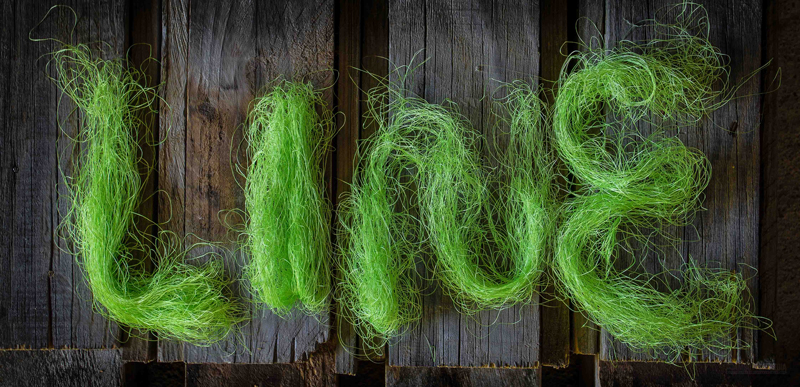
Fishing Line
Fishing line is one thing that is surrounded by an air of doubt. It’s the true ‘love/hate’ relationship we’ve got with our fishing gear that’s likely to stay this way forever!
Main lines are easily broken up into two categories – braids and mono’s. In the braids camp we have two very different types to discover – braided (hence the name braid) and thermally fused (what most people know as FireLine but is also available in other brands). The mono’s can be hammered into two camps as well – they are nylon and fluorocarbon.
Let’s break them down into material types, and then further into their target designed use and current use categories.

Same type of reel, different line – what’s the difference?
Braids – All braids are made with one main common material – polyethylene fibre or high-modulus polyethylene – HMPE. This starts its life as a ‘gel spun’ fibre which is used in dozens of industries including the fishing industry. Gel Spun ~ a gel like blob of polyethylene is centrifugally spun out in a single strand from a die and bath, cooled to form a very thin, single strand. Then it’s combined with others to make ‘carriers’ at which point they are braided together either tightly or loosely (pick count) in order to make the finished line. Within this process, manufacturers will attempt to die the line a different colour (other than its natural white, which in most cases it will fade back to after time) and or coat the line with a silicon based treatment to make it more ‘knot-able’ or more user-friendly and ‘stiffer’ to cast and fish (again wearing out after time).
Thermally Fused – This line is manufactured using the same material and process as braids up to the point its heat treated, the process then thermally fuses the outer few percent of line to create a coat not unlike the crust on a bread. The braiding process has less ‘pick counts’ because of the fusing method, therefore it’s fast and less expensive to make.
Mono – Or monofilament meaning ‘single strand’ is comprised of many different classes of nylon and fluorocarbon. Within its range it has hundreds of different nylon variations and mixtures that go into making that one single strand of fishing line. Co and Tri polymers are exactly what they sound like – two or three different types of nylon placed over the top of one another via an extrusion die to make a line that will perform differently to others. Both nylon and fluorocarbon can go through this process and in some instances, both materials are used to make one fishing line in this manner.
After extrusion from the die, the ‘new’ line is run between many hot to warm rollers and stretched to a particular diameter which in turn will result in the desired breaking strain.
The physical characteristics of these two lines is negligible because either one can be – stiff, soft, hard, coloured etc. Regardless of which one, they will both enter the water with some type of fishing tackle attached to them – their physical nature means that they are still ‘there’. However, visually the lines will ‘appear’ differently once subsurface. The characteristics of fluorocarbon means that light will pass through it as it does hit the water and not linger around inside it making it visible. Nylon has a different light refracting index to water and light rays will get caught up in the single strand of mono albeit for a nano second, making the nylon more visible. This is the theory anyway. It’s not always as cut and dry as that!
Home Truths – Now it’s time for me to yell at you, and if I could grab you by the ears and shake your heads around to see how many peas are in there I would! Why am I going to yell? Because it seems that none of you are listening (yeah you again Mr 20 something smarty pants know it all).
Each one of these lines has a specific use that needs to be understood to be appreciated. There is no one line that will do it all. I’m talking to you Mr 8x braid!! Just because it’s the newest, the smoothest, the limpest, the most expensive or the prettiest, doesn’t automatically make it the best!
Just because you can’t read what’s printed on the box or because Made in Japan is plastered all over it, doesn’t mean it’s the line for every occasion. Hello! That’s why they gave you a spare spool with your reel…you know, for the other line you need to fish with!!
So don’t get all ‘oh, I only fish this line because it’s the best’ on me because you’ll come off second fiddle every time. How do I know this? Because your job has not been to go fishing and test fishing gear for the last 20 years that’s how! And mine has, so you’d better be listening.
Let’s do this one at a time so we don’t get confused because after all, line is confusing!
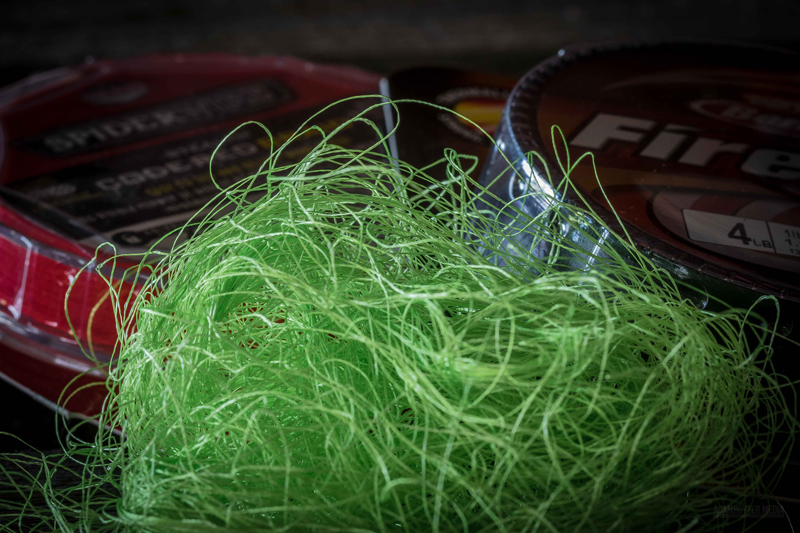
A spool of line ends up in the bin but why? Wrong choice or bad advice!?
Nylon mono – This is the old school version of fishing line out of the 4 different lines we are looking at. It has limited uses but still has a place.
Where? – Mostly for leader material because of two factors that relate directly back to the particular type of manufacturing recipe and physical makeup of this line. If you care to look into it, NYLON fishing line is THE MOST abrasive resistant fishing line in the world today (excluding wire). Not all nylons are this – you have to find the right one out of the hundreds of recipes that are out there. Just because fluorocarbon is physically HARDER than most NYLONS, doesn’t always make it better wearing against abrasive objects. However, the differences are insignificant and it’s almost impossible to recreate the things your line must go through before you get pinged! At the end of the day, the thicker the line the more abrasion resistance it has.
Nylon is also a far better material than fluorocarbon for leaders when fishing small to medium surface lures. Fluorocarbon is denser than water therefore it’s heavier and will sink. This can upset the swimming action of your lures in the same way that putting a big snap swivel on the front of it will.

Squidding is one type of angling where your line choice is critical – fluorocarbon is a must!
Nylon also has the ability to be stretched dramatically and return (almost) to its original size or state, which when you look at how knots are formed, is a very good thing! Fluorocarbon doesn’t have this ability and inside certain knots that you may tie, the fluorocarbon will be considerably weakened by this event making it not as user friendly.
Keep in mind that nylon line absorbs water and in doing so, can reduce the breaking strain of the line and your knots.
Fluorocarbon – or polyvinylidene difluoride (PVDF) has been available as a fishing line for over 20 years. It’s mostly used as a leader because of is subsurface visual quality, cost and abrasion resistance against sharp objects. Over the last 10 years manufacturing processes have been tweaked and the formula now makes it a more cast-able product but in comparison to nylon, it’s still the stiffer of the two at any given diameter.
Fluorocarbon doesn’t absorb water like nylon does so it’s much more consistent. However it does deform and burn easily when tying it into a knot – slow draws and lots of lubricant can fix this.
Where? – Fluorocarbon is an excellent choice for soft bait/lure casters because of its inherent sinking qualities (denser than water). Keeping in mind that the line you tie it to (more often than not) is going to be a braid of some description and this will float – almost cancelling out one for the other, but better to have it sink than anything!
Fluorocarbon is best in super clear water with good to average lighting conditions. Any other type of water clarity and its visual plus’s become null.
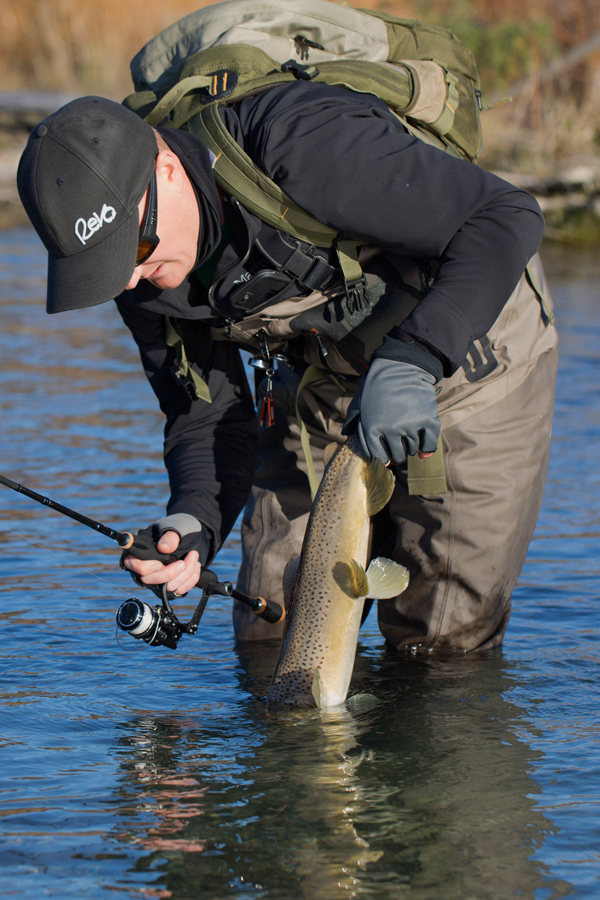
Straight through fluorocarbon can be the critical edge between catching and not – worth a try if you haven’t!
The Hard & Soft Leader Fight – I like these analogies – Car tyres are made of soft rubber compounds to resist wear against the very abrasive road surface (amongst other things). If they made them out of a substance that was hard, they would last a week!
Take a file to a block of rubber and timber – there’s every chance you’ll go through the timber before the rubber! That’s the basic rules of leader material versus abrasive material. Harder is not always better! Something to think about.
As far as sharp is concerned e.g. teeth, shellfish, gill plates etc. only wire would resist the sharpest objects – and that doesn’t suit everyone’s needs; but in the sharp stakes, hard fluorocarbon would probably win over nylon.

Hard baiting is straight forward and easy on your line and casting, because of the constant tension that it applies.
Braided Lines – Spiderwire made with Spectra was the first commercially available super line for angling. It revolutionised the way we used bait casting reels and gave super human abilities to angling styles, like snag and structure lure casting. It was limp, thin and strong. What it wasn’t, was cast-able on a threadline reel! It was a tangling mess.
This was both an issue with the spool design and the fact that the line had no memory. The line that all modern day threadline reels are designed for (even to this day) has a memory; monofilament. If you take away the line’s memory then you are handicapping the reels abilities to perform as it was designed.
Berkley FireLine was the answer. A fused super line that had memory – giving back to the threadline reel what it lacked from standard braid, yet still retaining all the attributes of a braided line.
Threadline reel spools have come a little way in the last few years. They have lengthened front lips and changed layering angles and systems. As much as we’d like to think the designers have fixed all the issues, sadly they have not. Standard braid still tangles when cast from an ultra modern threadline reel, simply because they needed to not only change the spool design, but pretty much start again from scratch! Something no one is prepared to do and or possibly can do!?

Inshore fishing is the grey area where the diameter of the line depicts what can be used – thankfully it’s an ‘all-lines’ sport!
So the fact still remains. Threadline or spinning reels have a system where the line is pulled from the spool one loop at a time, while the other loops hold on to the spool with whatever memory they can muster. The line is both running forwards and backward over the top of the ‘loops’ of line that are sitting still, waiting for their turn to fly. If your spool is too full, the exiting loops will contact the waiting loops and pull them off the spool ahead of time, creating a casting tangle. This, even more so if your line has no memory to hold itself on the spool!
Having no memory is one thing that sells braid to humans because we expect it to work better because it’s supple. Sure enough, if we could bypass the spinning reel spool completely, it would be the best line you could use – but we can’t! Braided lines have a small amount of memory out of the box because of certain additives and colours (although colouring braid is becoming better with time) but after used they lose these properties and can no longer ‘hold themselves on the spool’, allowing the exiting line to grab the loops waiting and create a cast tangle.
The only way to beat this is to not fill your spool completely, and allow the spool lip to angle the exiting line over the top of the loose loops. This has its drawbacks as a spool that is not full will not cast at its best.
Braided lines are still, and will always be, at their premium when used on baitcasting and overhead reels. Line manufacturers know this and have been trying to stiffen up stranded braided line for years by means of silicon additives, so that they perform better on spin gear.
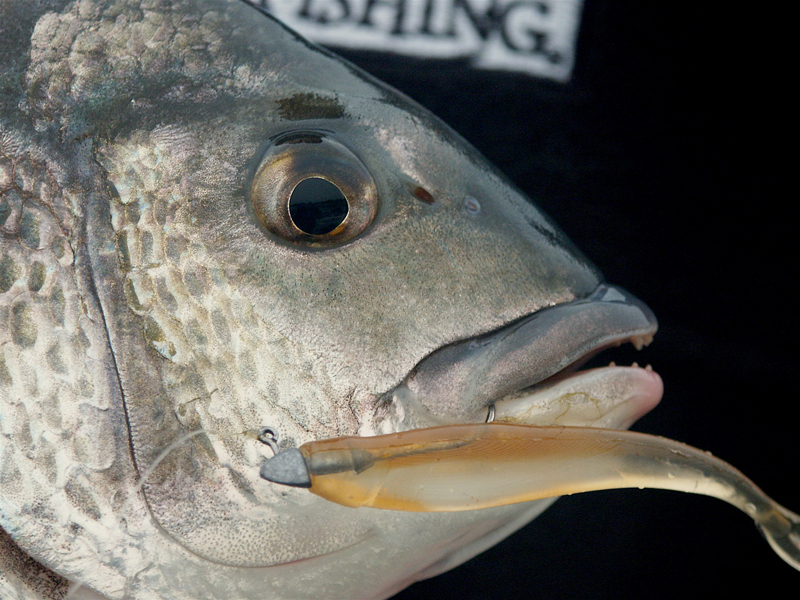
Soft baiting is big and the players want to get it right – consistency is king and fused line has a strong hold with the champions of the sport.
Thermally Fused – There are very few of this type of line on the market at present, mostly because Berkley had a patent on the process for 20 years. As time goes on, we will start to see more and different types of fused lines come into play. Getting the right amount of stiffness is key. Some fused lines are too stiff and others take 1000 casts to become any good, but at the end of the day, they are effectively copying the memory basics of nylon fishing line and that’s a huge plus!
Most people shy away from fused lines because of how they feel straight out of the box, in comparison to what standard braid feels like: fused = stiff, standard braid = soft. It’s a natural reaction that all unknowing anglers have to these lines and because of this, they will opt for the soft line thinking that it’s the better performer. Unfortunately this becomes obvious sometime down the track as the colour and additives wear out and the tangles start (this can also happen immediately out of the box, depending on the line).
Some people have a different fishing style and they like to stick with standard braid. Here the line is wound back on the spool under tension by the retrieve, mostly alleviating the loose loop scenario – fishing styles like hard bait fishing will do this and lessen the amount of tangles.
FireLine and other fused lines have their place in the scheme of things and for me, I think FireLine is at its best in 3-lb to 4-lb for light spinning, and 8-lb to 10-lb for inshore. No other line that I have ever cast has given me less tangles whilst doing a multitude of different fishing styles – soft baits, hard baits, natural baits etc.
The proof is in the casting and in the fishing, something I do a lot of. There are some different lines out there these days and almost all of them are good at something. There are very few bad lines left on the market because of the way technology has developed.
If you have made it this far into the Chronicle then well done! And keep in mind that these are only my thoughts, and not anything written in stone. There will be the ‘disagrees’ and the ‘agrees’ and that’s why I write; to get people thinking.



